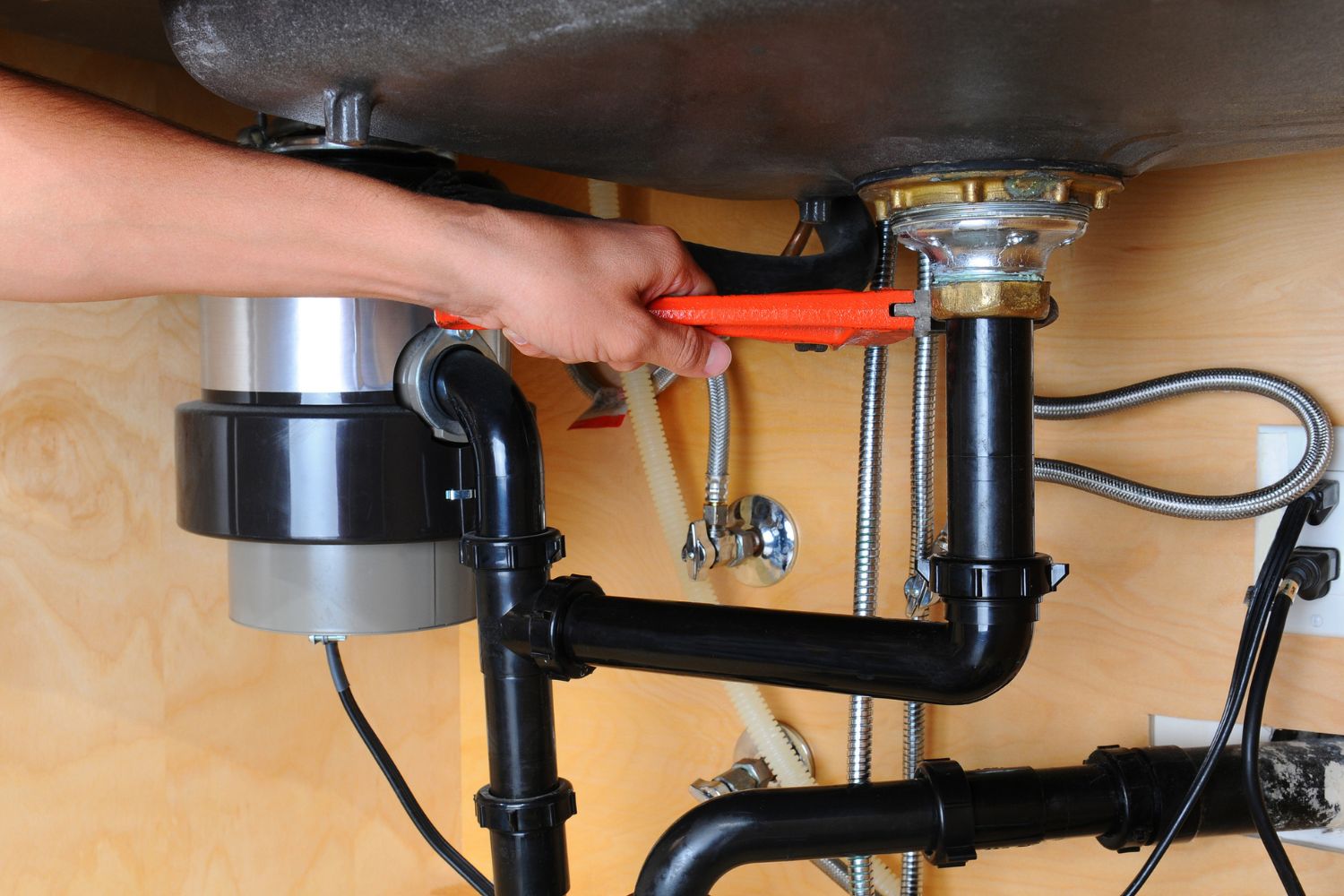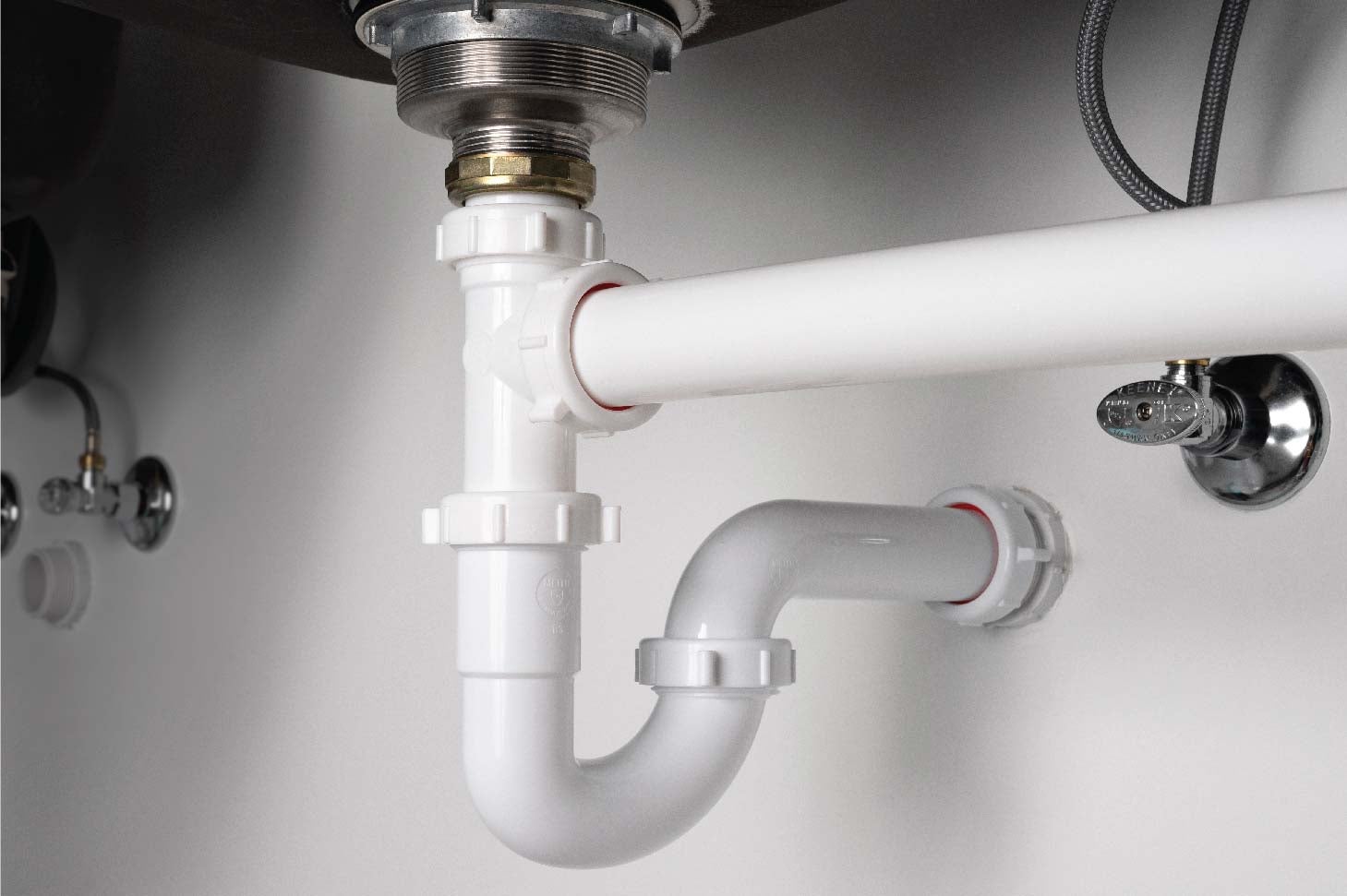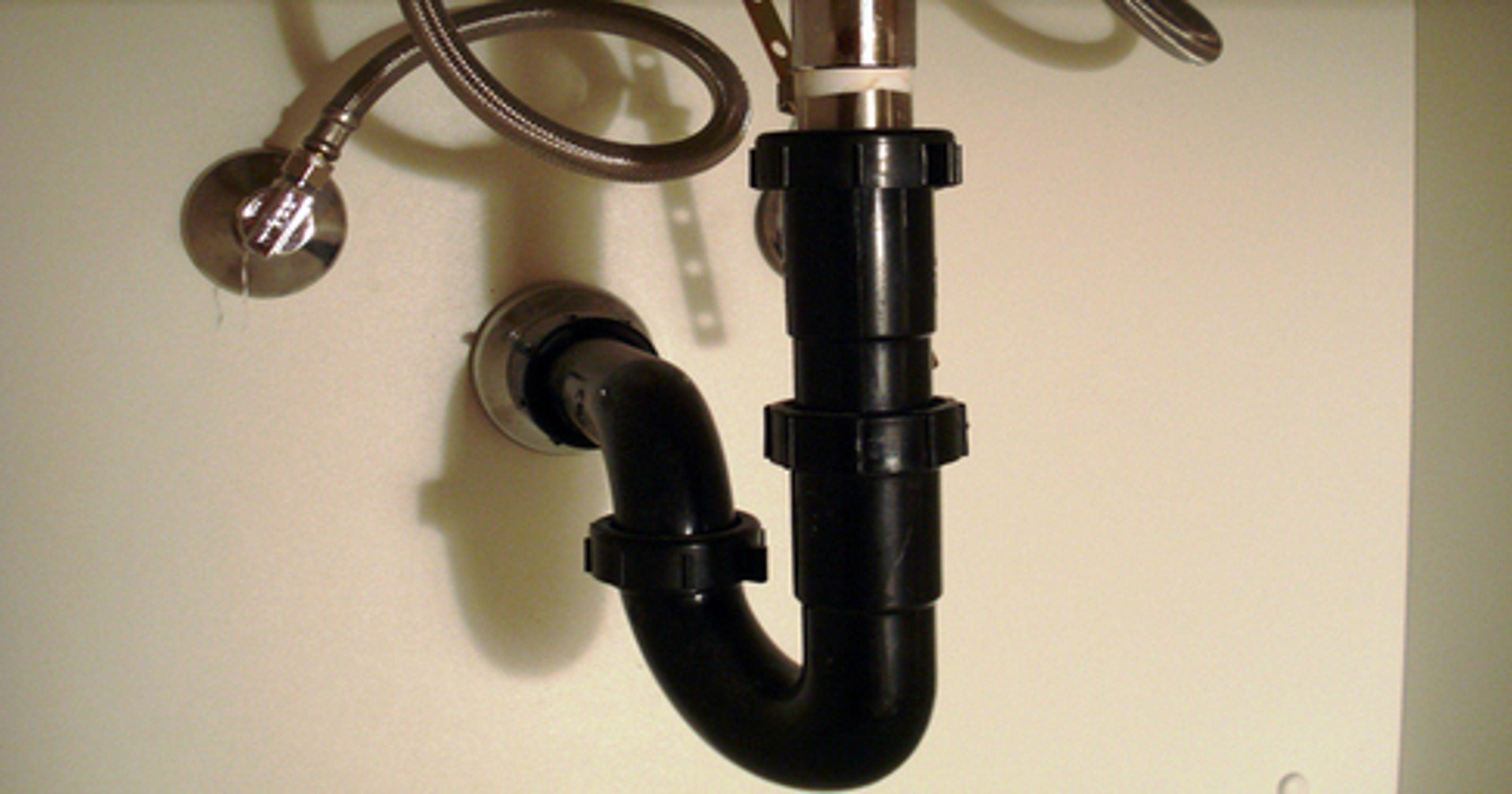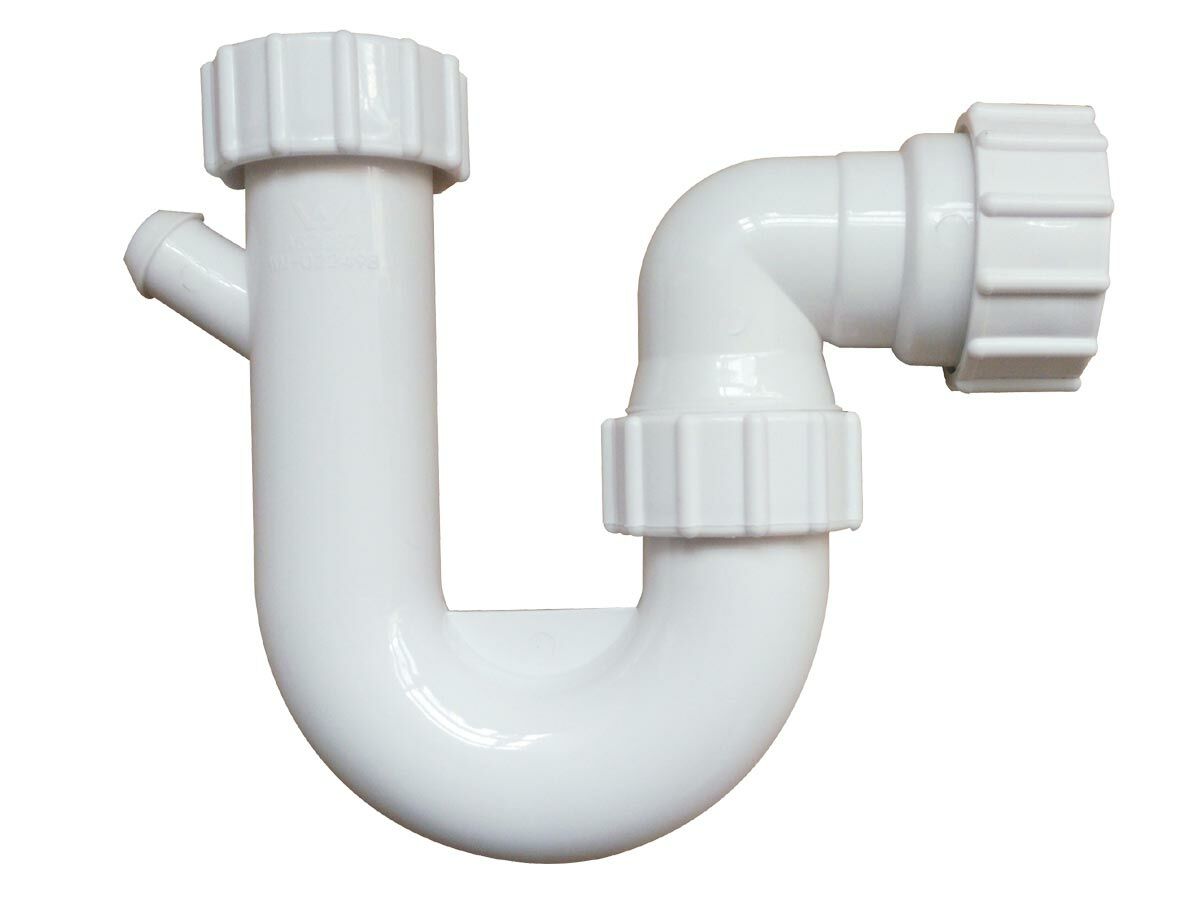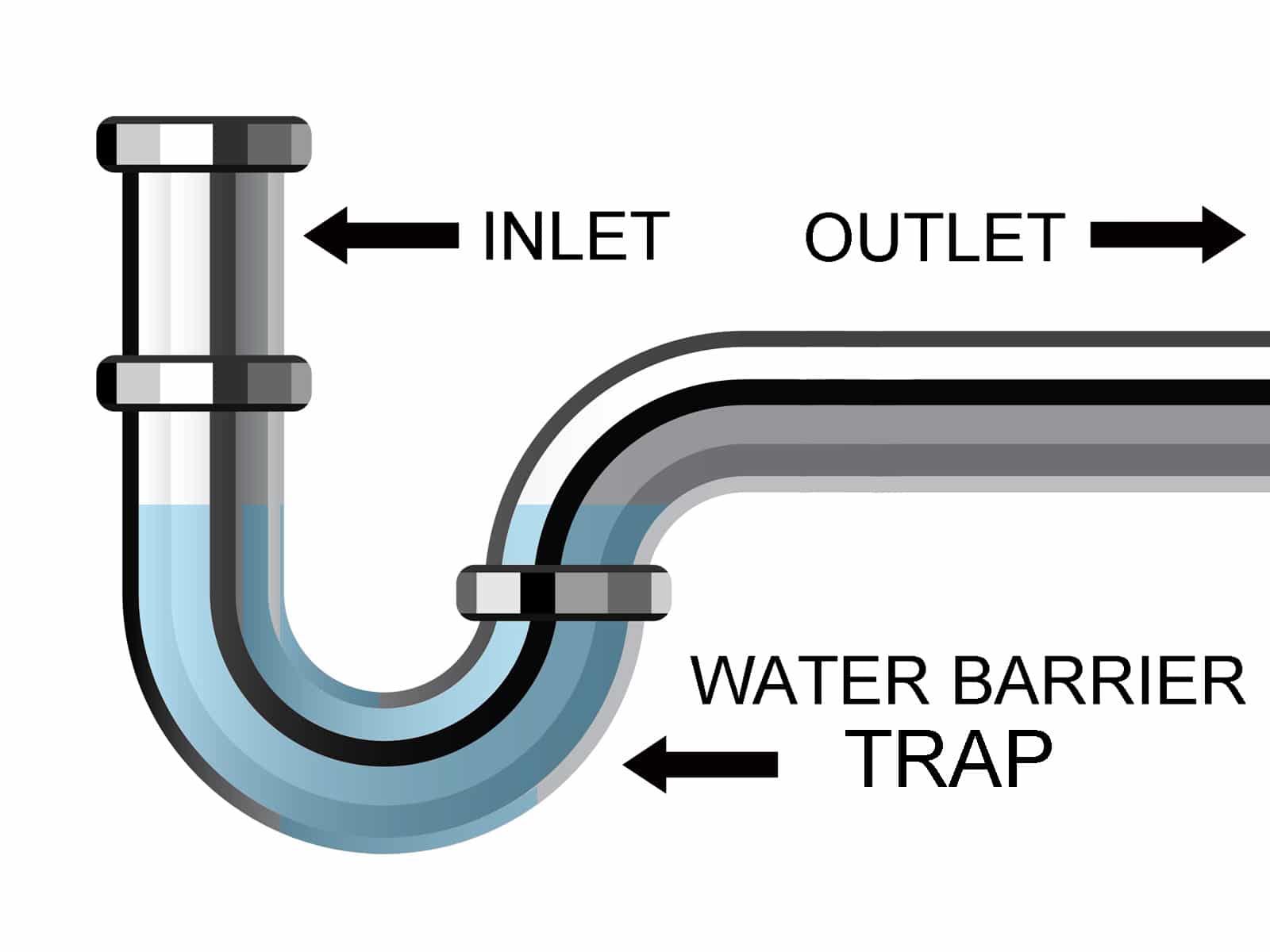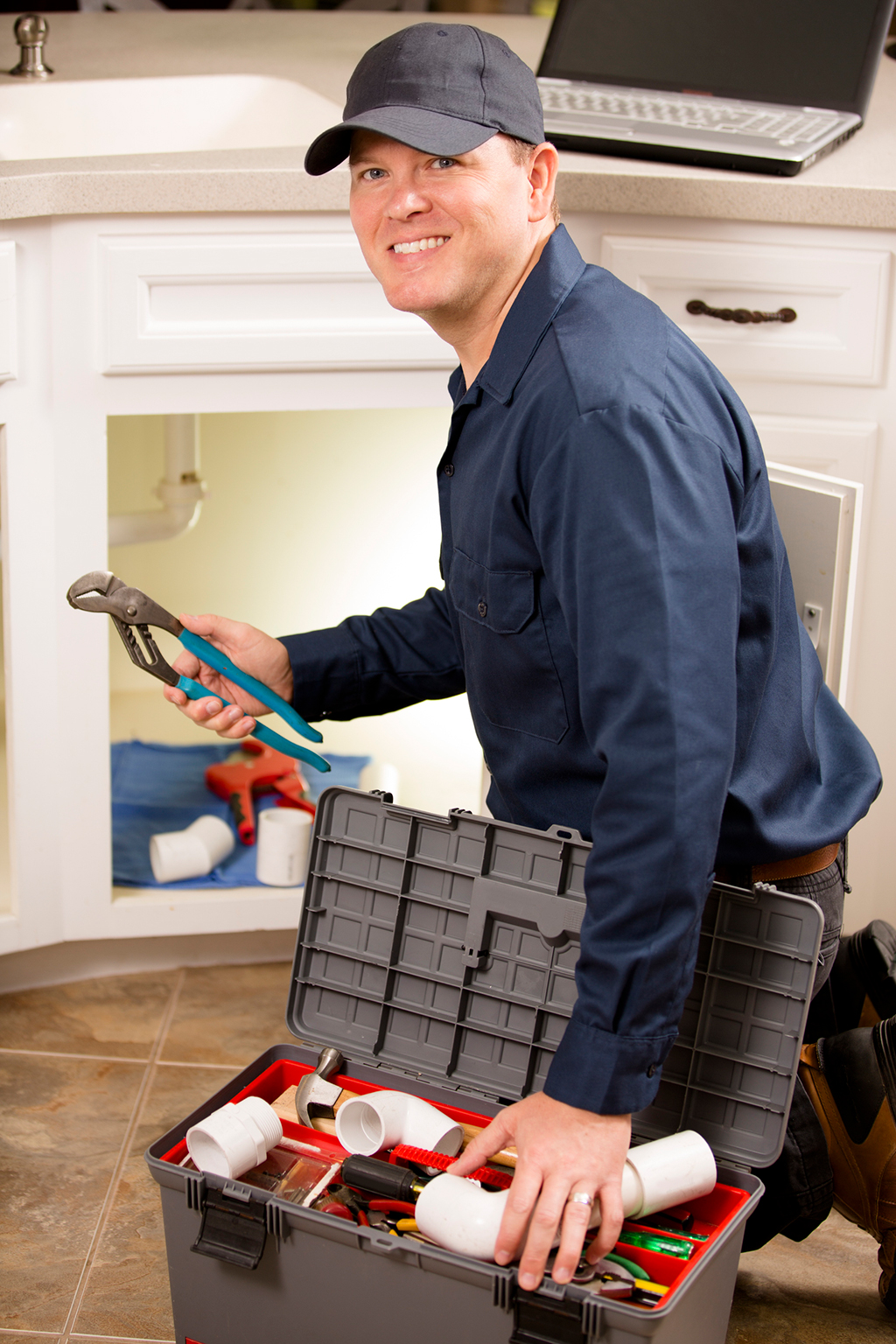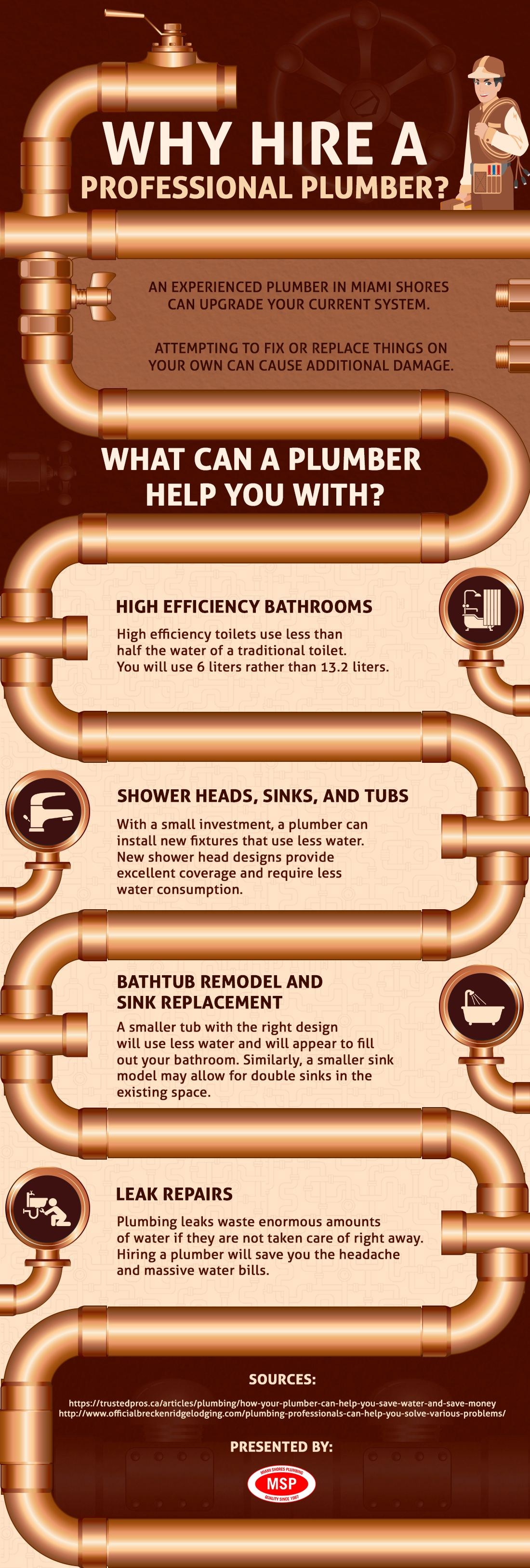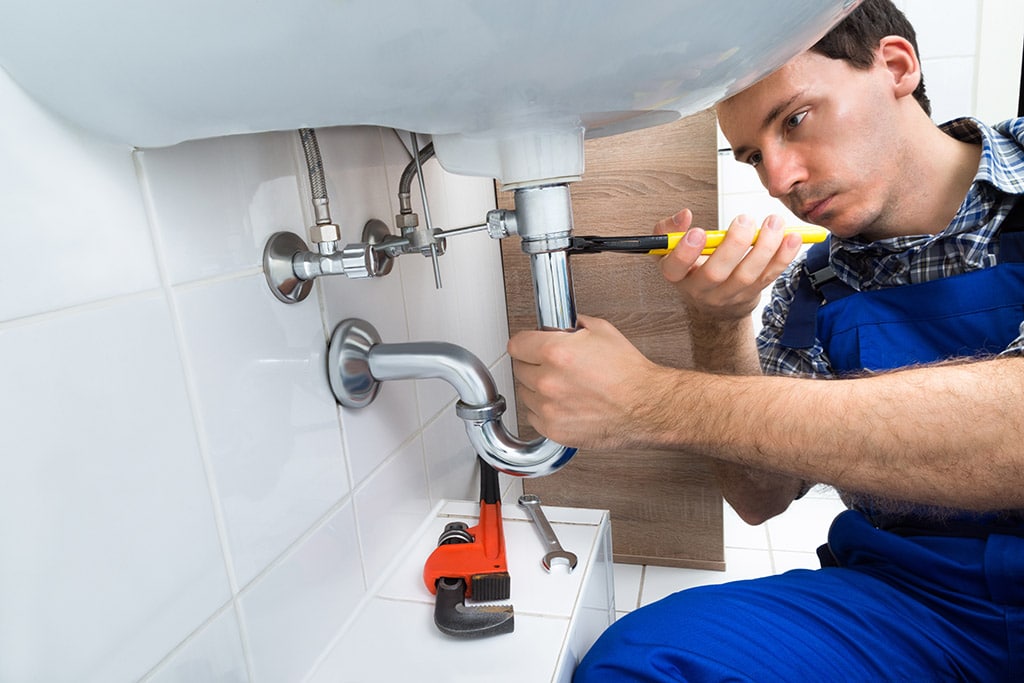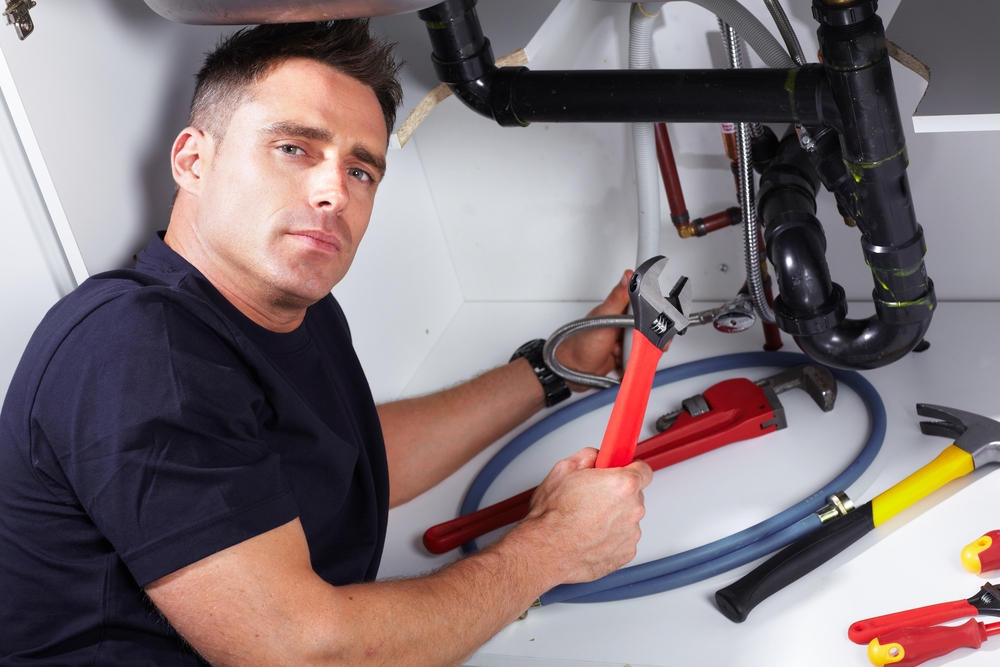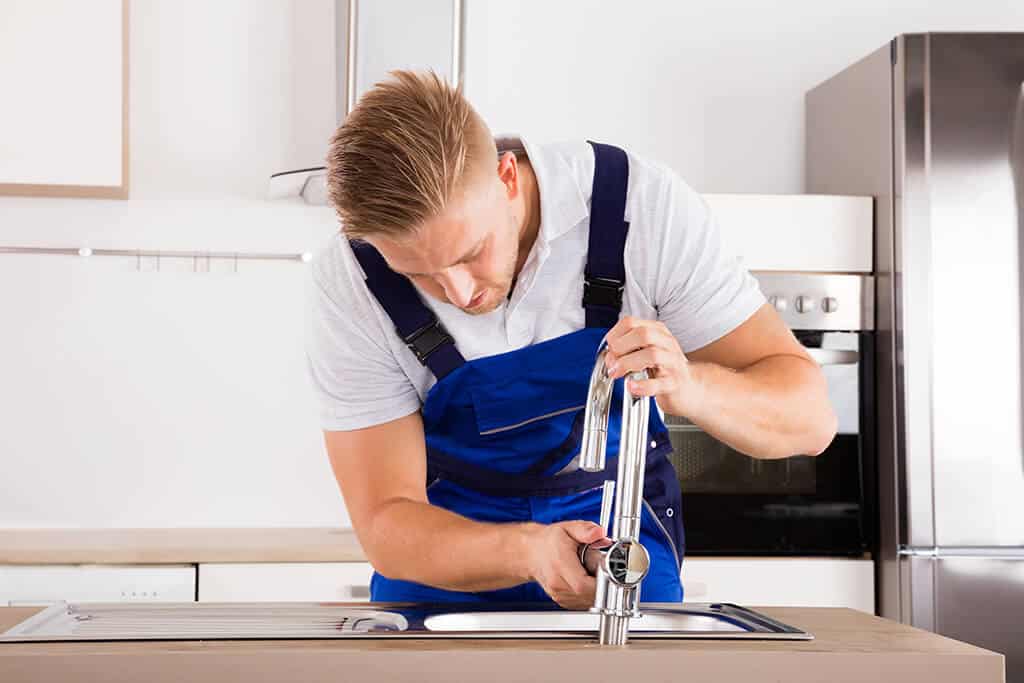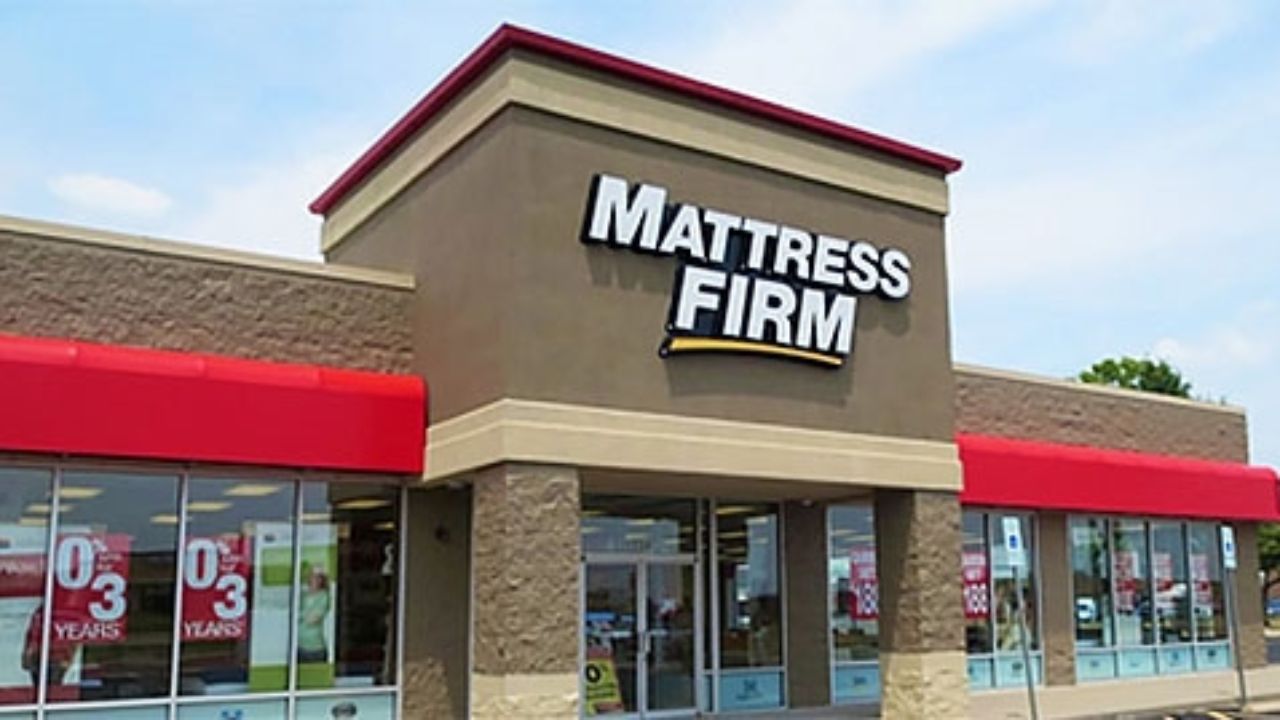If you've ever experienced the frustration of a kitchen sink that won't drain, you know how much of a hassle it can be. Not only does it prevent you from using your sink for cooking and cleaning, but it also creates an unsanitary and unpleasant environment. But don't panic, there are several solutions you can try before calling a professional plumber. In this article, we'll discuss the top 10 ways to unclog your kitchen sink and get it draining smoothly again.Unclog Kitchen Sink
The first step in unclogging your kitchen sink is to clean the drain. This can be done by removing the sink stopper and using a small brush or rag to remove any debris or buildup that may be causing the clog. You can also use a chemical drain cleaner, but be cautious as these can be harsh and may damage your pipes. If you prefer a more natural option, try pouring a mixture of hot water, baking soda, and vinegar down the drain and letting it sit for a few minutes before rinsing with hot water.Drain Cleaning
If cleaning the drain doesn't do the trick, the next step is to use a plunger. Place the plunger over the drain and push down gently, then pull up quickly. Repeat this motion several times until the clog loosens and the water starts to drain. This method works best for clogs that are closer to the drain opening, so it may not be as effective for more severe clogs.Plunger
If the plunger doesn't work, you can try using a plumbing snake. This tool is designed to reach deeper into the pipes and break up tougher clogs. Feed the snake down the drain and turn the handle to move it through the pipes. When you encounter resistance, turn the handle in the opposite direction to loosen the clog. Once the clog is broken up, run hot water down the drain to clear it out.Plumbing Snake
As mentioned earlier, a mixture of hot water, baking soda, and vinegar can be an effective and natural way to unclog your kitchen sink. To use this method, pour half a cup of baking soda down the drain, followed by half a cup of vinegar. Let it sit for a few minutes, then rinse with hot water. The chemical reaction between the two ingredients can help break up the clog and get your sink draining again.Baking Soda and Vinegar
Another easy and natural way to unclog your kitchen sink is to pour boiling water down the drain. This can help break up any grease or food buildup that may be causing the clog. You may need to repeat this process a few times for tougher clogs, but it's a simple and effective solution that you can try before turning to other methods.Boiling Water
If the above methods don't work, you can try using a chemical drain cleaner. These products are designed to break down clogs and clear your pipes. However, they can be harsh and may cause damage to your pipes if used too frequently. Follow the instructions carefully and use with caution.Chemical Drain Cleaner
If your kitchen sink has a garbage disposal, it's possible that the clog is located in the disposal itself. Before attempting any other methods, try running the disposal to see if that clears the clog. If it doesn't, you may need to manually remove the clog. Always remember to turn off the power to the disposal before attempting to remove any objects.Garbage Disposal
If none of the above methods work, the clog may be located in the P-trap under your sink. This is a curved pipe that traps debris and prevents it from entering your pipes. To clear the clog, place a bucket under the P-trap, then unscrew and remove the trap. Clean out any debris or buildup, then replace the trap and run water to see if the clog is cleared.P-Trap
If all else fails, it may be time to call a professional plumber. They have the tools and expertise to clear even the toughest clogs and can also inspect your pipes for any potential issues. While it may be a more expensive option, it can save you time, hassle, and potential damage to your pipes in the long run. In conclusion, a kitchen sink that won't drain can be a major inconvenience, but there are several solutions you can try before resorting to calling a professional. By using a combination of cleaning, natural remedies, and tools such as a plunger or plumbing snake, you can unclog your kitchen sink and get back to your daily routine. Remember to be cautious when using chemical drain cleaners and always turn off the power to your garbage disposal before attempting to remove any clogs. With these tips, your kitchen sink will be draining smoothly again in no time.Professional Plumber
Problems with a Clogged Kitchen Sink
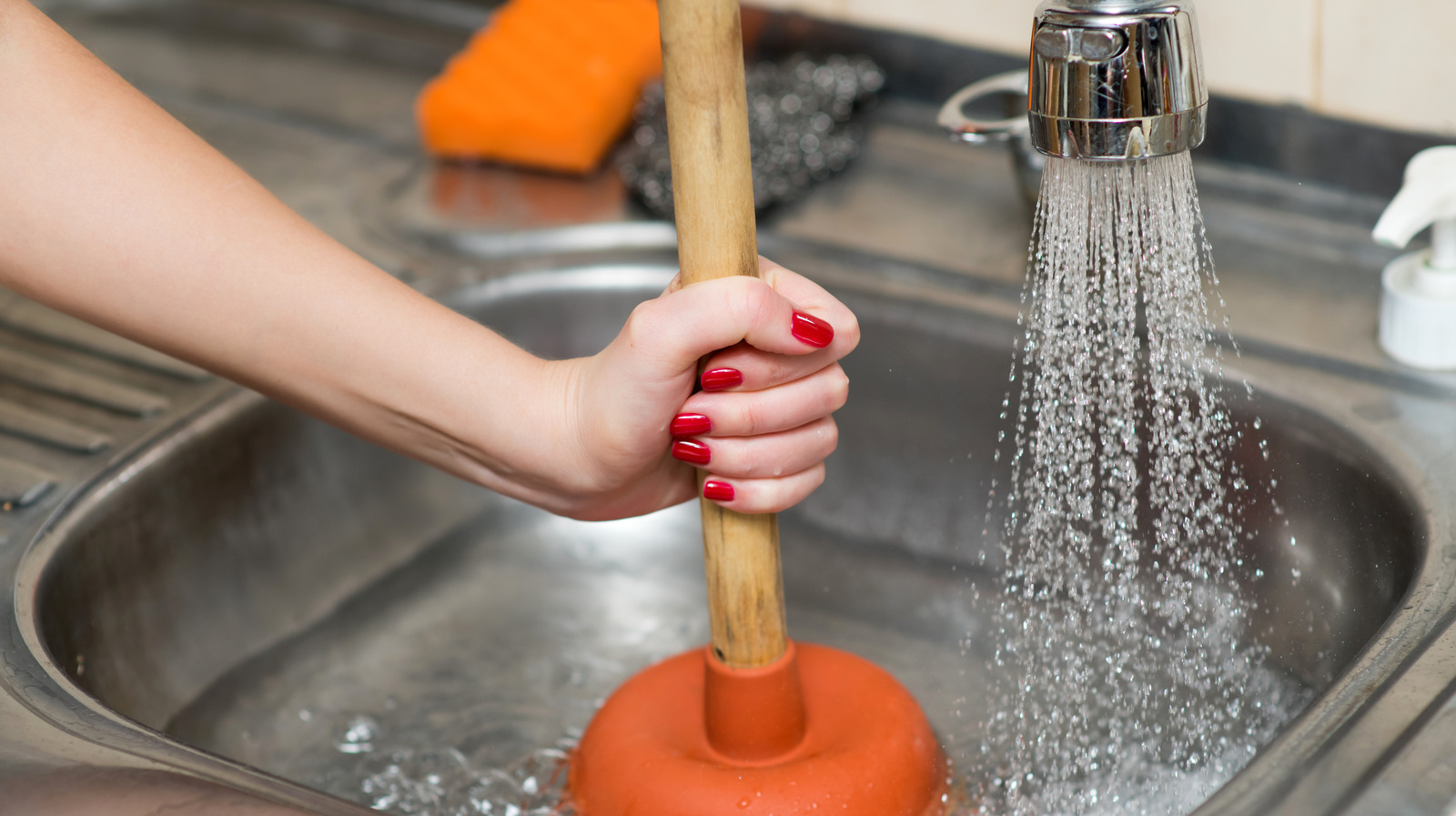
The Importance of Proper Drainage in Your Kitchen
 A clogged kitchen sink can be a major inconvenience in any household. Not only does it prevent you from using your sink for washing dishes and preparing meals, but it can also lead to unpleasant odors and even damage to your pipes. If you're experiencing slow draining or complete blockage in your kitchen sink, it's important to address the issue as soon as possible to avoid any further complications.
One of the main reasons for a clogged kitchen sink is improper drainage. Over time, food particles, grease, and other debris can build up in your pipes and cause blockages. This can be worsened by using your sink as a "catch-all" for items that should not be disposed of down the drain, such as coffee grounds, eggshells, and cooking oil. These items can easily get stuck in your pipes and create a major clog.
Another common cause of a clogged kitchen sink is a faulty or old plumbing system. If your pipes are old, they may be prone to corrosion or cracks, which can lead to blockages and slow draining. Additionally, if your plumbing system was not installed correctly or is not properly maintained, it can also contribute to clogs in your kitchen sink.
The Importance of Regular Maintenance
To prevent clogs in your kitchen sink, it's important to practice proper maintenance. This includes avoiding putting any non-food items down the drain, as well as regularly clearing out your garbage disposal and using a drain strainer to catch any food particles. It's also a good idea to periodically clean your pipes using a mixture of baking soda, vinegar, and hot water to help break down any buildup.
If you're experiencing frequent clogs in your kitchen sink, it may be time to have a professional plumber inspect your plumbing system. They can identify any underlying issues and make necessary repairs to ensure proper drainage in your kitchen.
Other Benefits of Proper Drainage
Aside from preventing clogs, having a properly functioning kitchen sink can also improve the overall design and functionality of your kitchen. A sink that drains efficiently makes for a more enjoyable cooking and cleaning experience. It also helps to keep your kitchen clean and free of bacteria and odors that can arise from standing water.
In addition, proper drainage in your kitchen can also save you money in the long run. By addressing clogs and other plumbing issues early on, you can avoid costly repairs or replacements down the line.
In conclusion, a clogged kitchen sink can be a major inconvenience, but it's important to address the issue as soon as possible to prevent further complications. By practicing proper maintenance and seeking professional help when needed, you can ensure that your kitchen sink drains properly and contributes to a well-designed and functional kitchen.
A clogged kitchen sink can be a major inconvenience in any household. Not only does it prevent you from using your sink for washing dishes and preparing meals, but it can also lead to unpleasant odors and even damage to your pipes. If you're experiencing slow draining or complete blockage in your kitchen sink, it's important to address the issue as soon as possible to avoid any further complications.
One of the main reasons for a clogged kitchen sink is improper drainage. Over time, food particles, grease, and other debris can build up in your pipes and cause blockages. This can be worsened by using your sink as a "catch-all" for items that should not be disposed of down the drain, such as coffee grounds, eggshells, and cooking oil. These items can easily get stuck in your pipes and create a major clog.
Another common cause of a clogged kitchen sink is a faulty or old plumbing system. If your pipes are old, they may be prone to corrosion or cracks, which can lead to blockages and slow draining. Additionally, if your plumbing system was not installed correctly or is not properly maintained, it can also contribute to clogs in your kitchen sink.
The Importance of Regular Maintenance
To prevent clogs in your kitchen sink, it's important to practice proper maintenance. This includes avoiding putting any non-food items down the drain, as well as regularly clearing out your garbage disposal and using a drain strainer to catch any food particles. It's also a good idea to periodically clean your pipes using a mixture of baking soda, vinegar, and hot water to help break down any buildup.
If you're experiencing frequent clogs in your kitchen sink, it may be time to have a professional plumber inspect your plumbing system. They can identify any underlying issues and make necessary repairs to ensure proper drainage in your kitchen.
Other Benefits of Proper Drainage
Aside from preventing clogs, having a properly functioning kitchen sink can also improve the overall design and functionality of your kitchen. A sink that drains efficiently makes for a more enjoyable cooking and cleaning experience. It also helps to keep your kitchen clean and free of bacteria and odors that can arise from standing water.
In addition, proper drainage in your kitchen can also save you money in the long run. By addressing clogs and other plumbing issues early on, you can avoid costly repairs or replacements down the line.
In conclusion, a clogged kitchen sink can be a major inconvenience, but it's important to address the issue as soon as possible to prevent further complications. By practicing proper maintenance and seeking professional help when needed, you can ensure that your kitchen sink drains properly and contributes to a well-designed and functional kitchen.
/plumber-unclogging-kitchen-sink-169270382-5797a9355f9b58461f27f024.jpg)










/how-to-unclog-a-kitchen-sink-2718799_sketch_FINAL-8c5caa805a69493ab22dfb537c72a1b7.png)

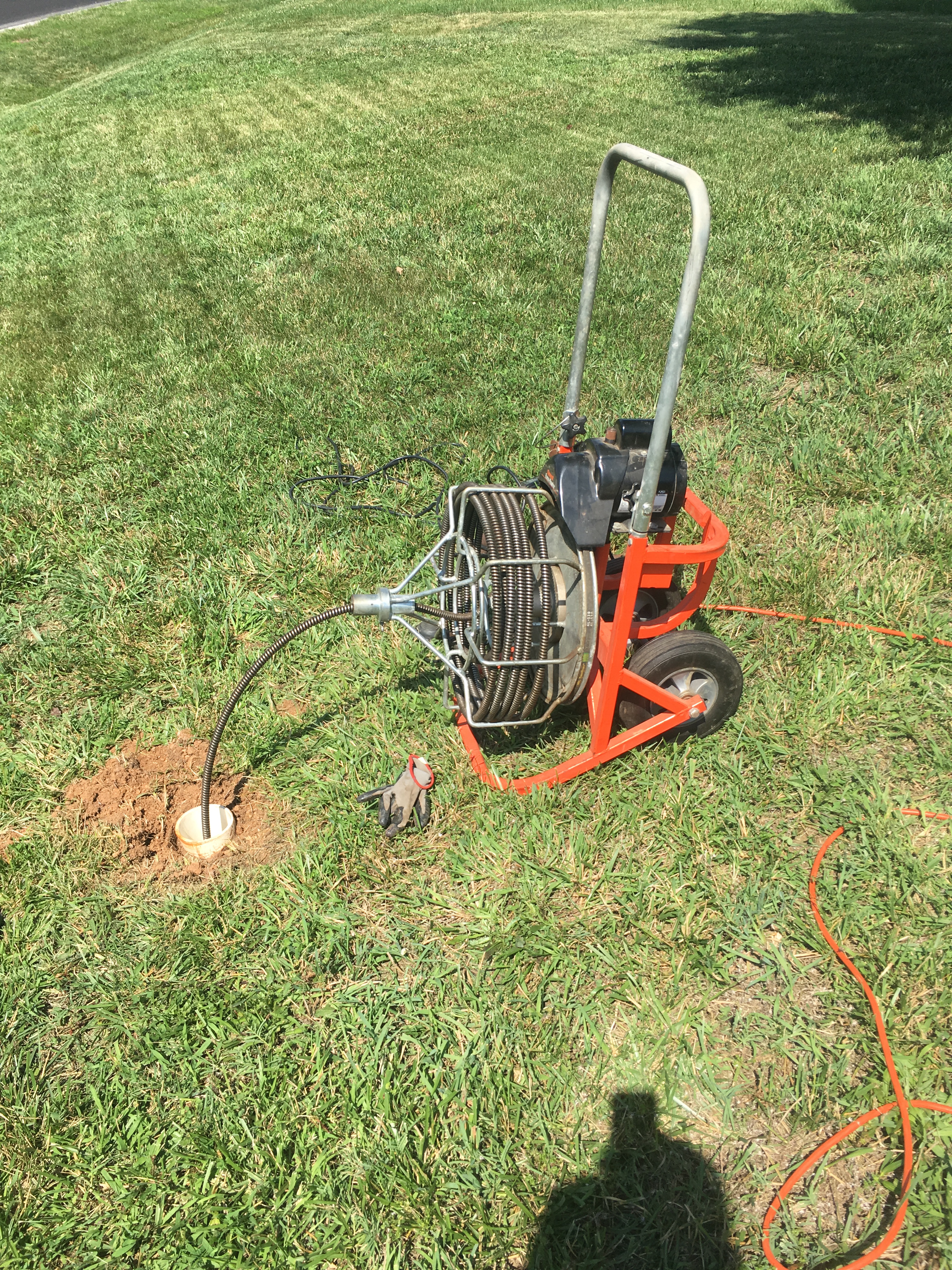
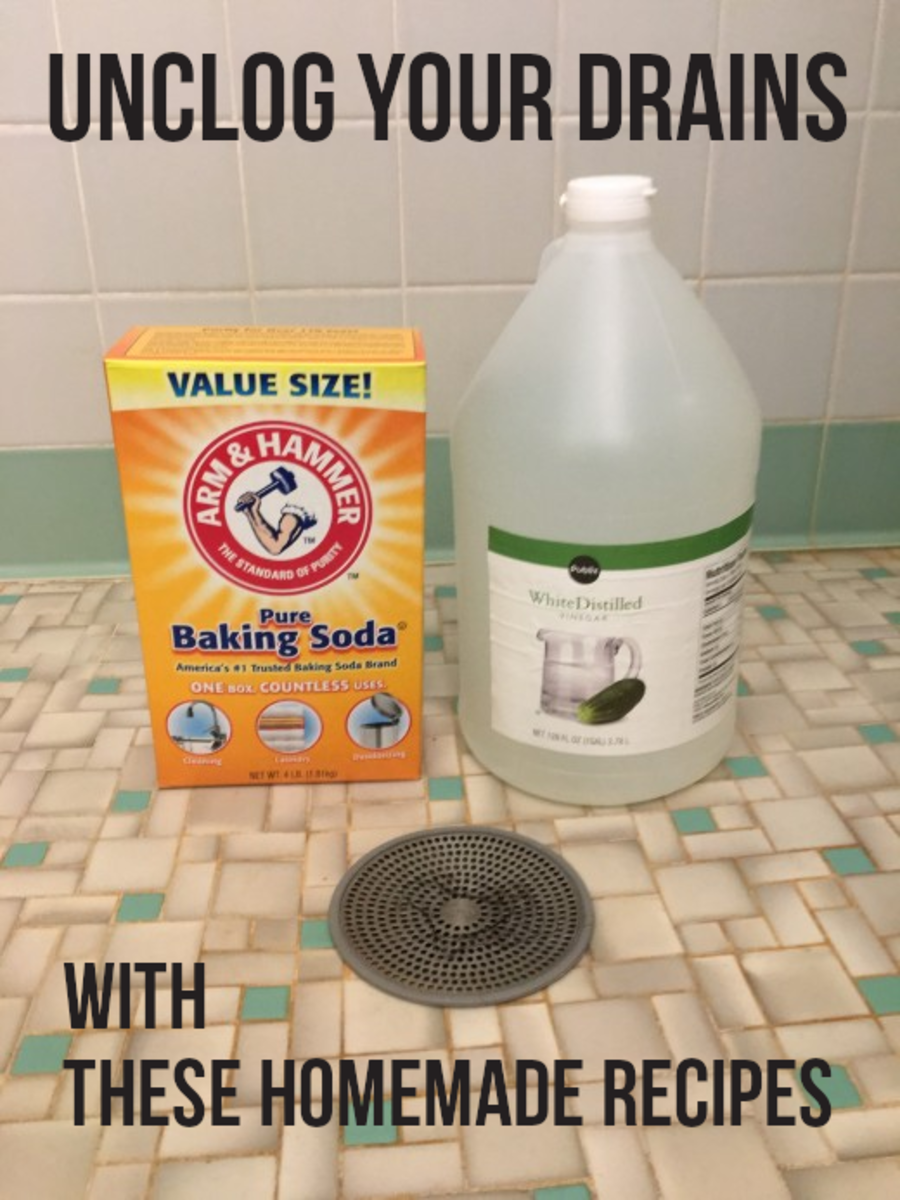

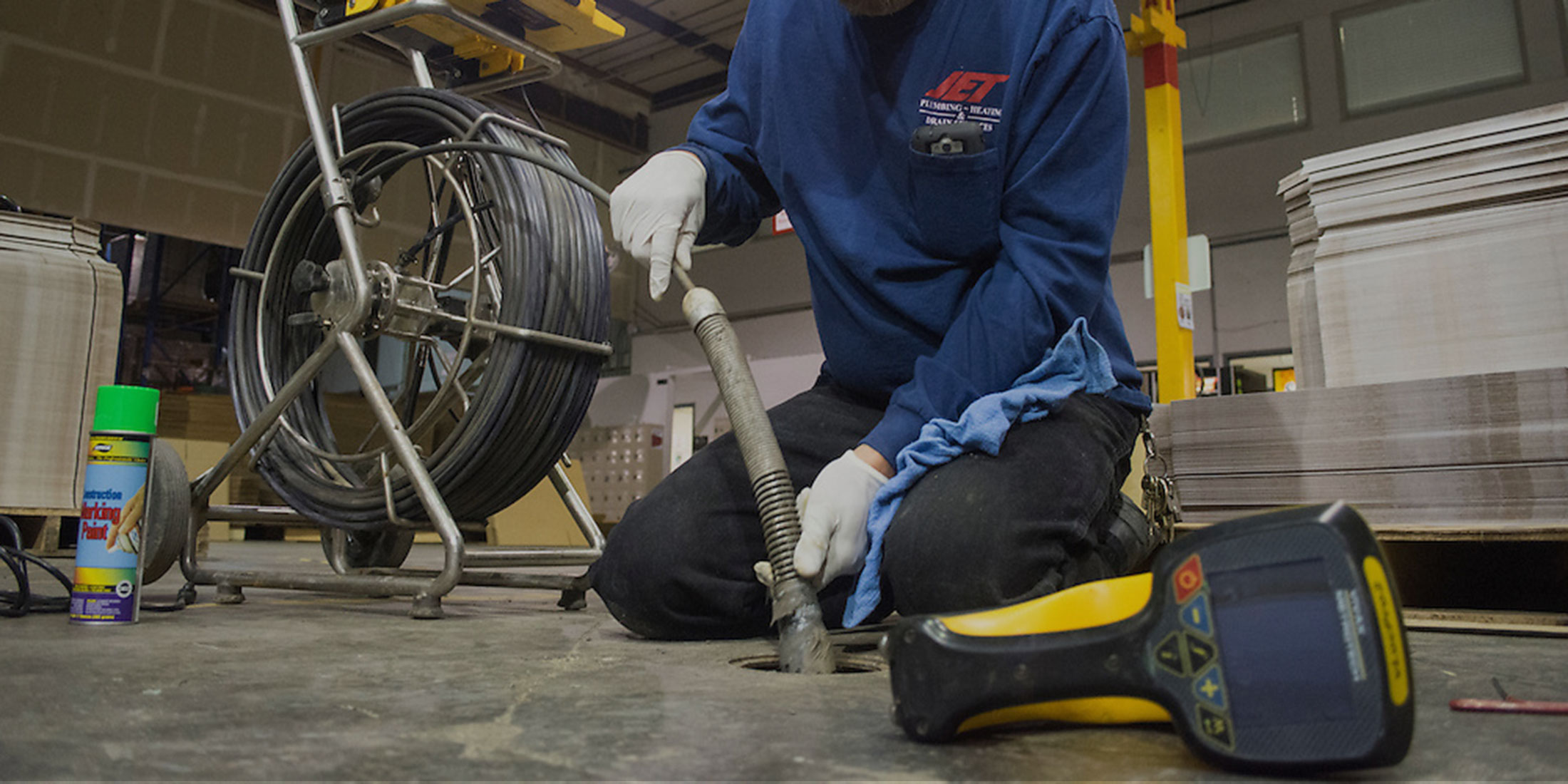
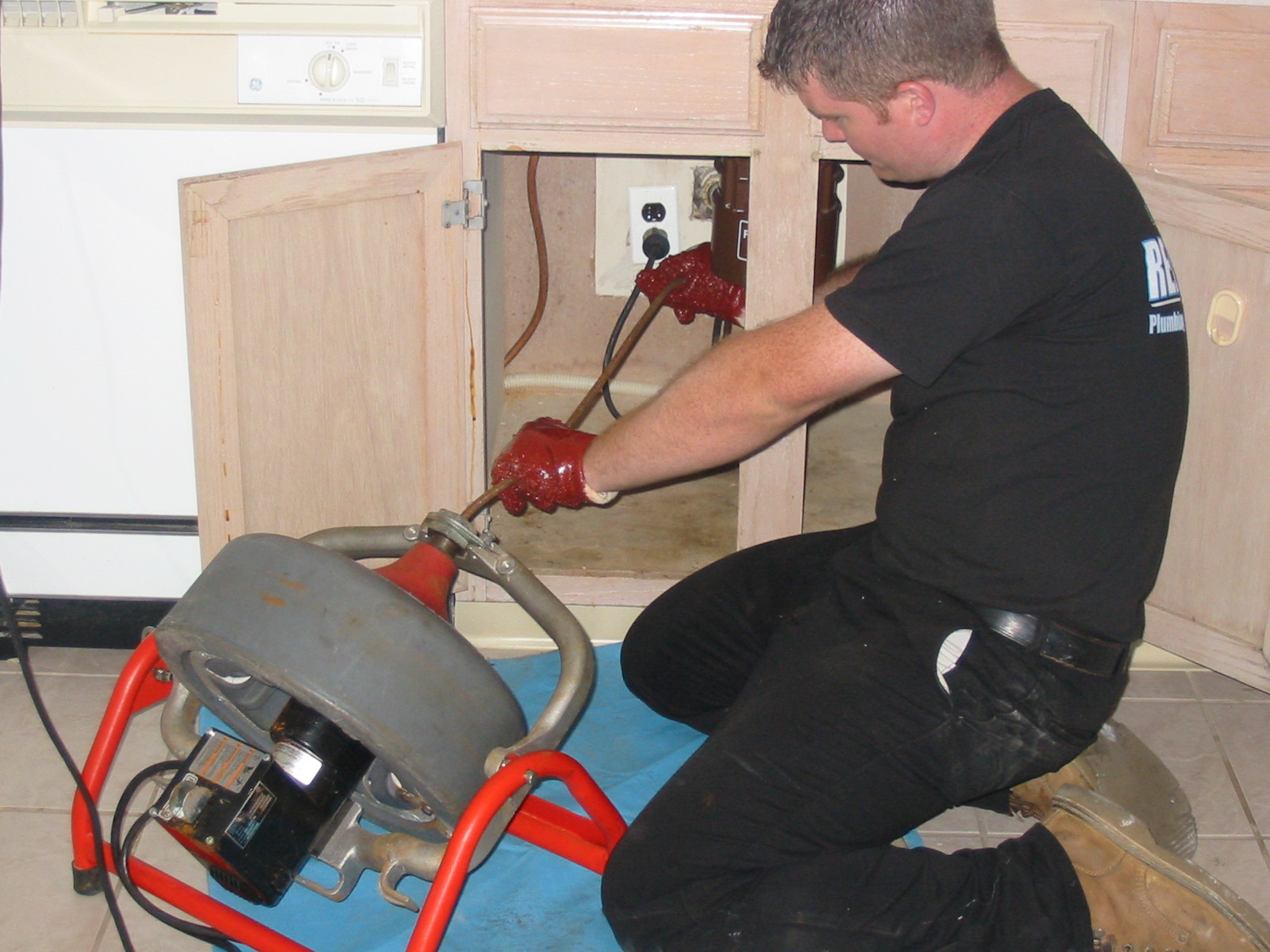



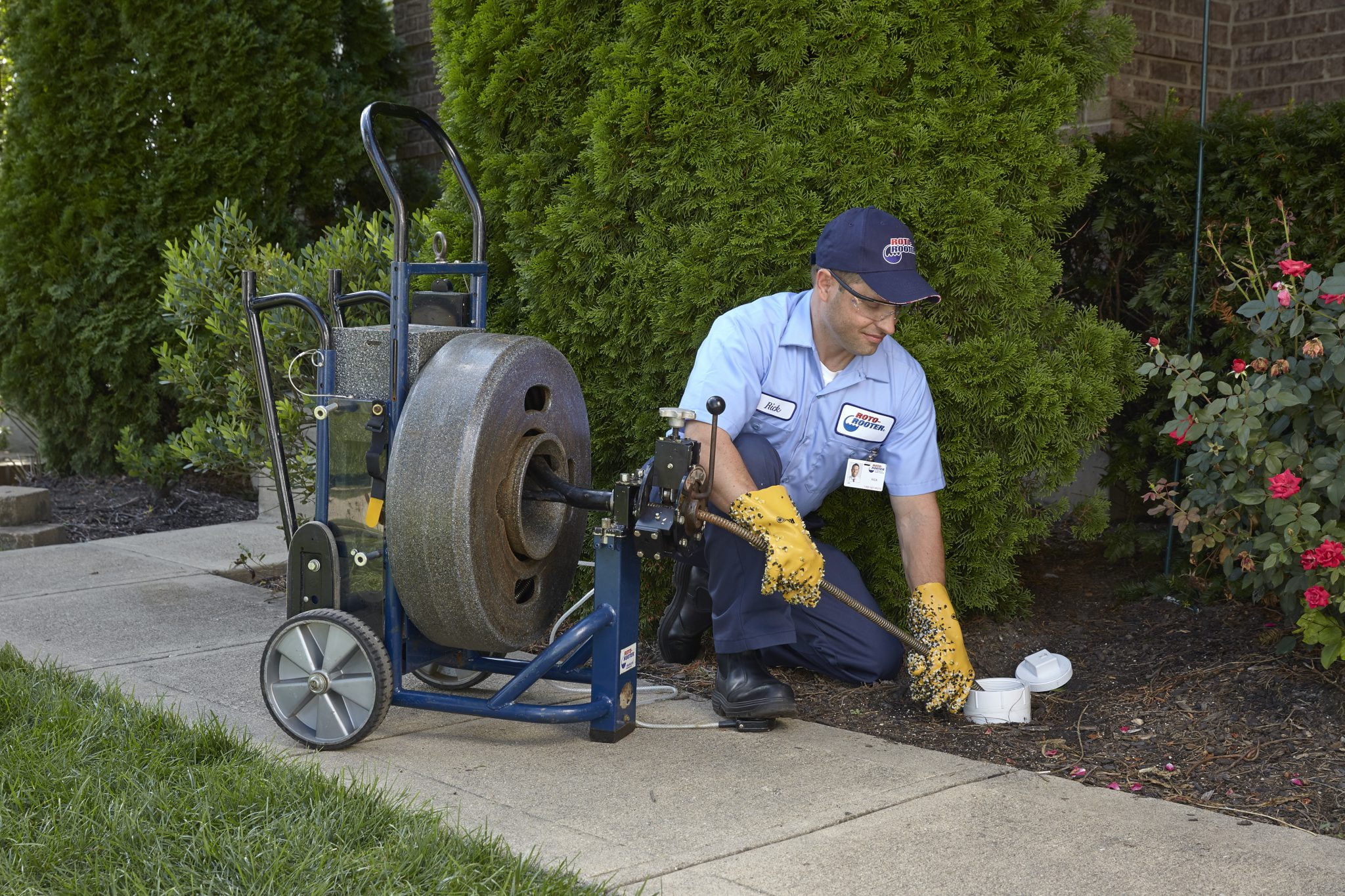
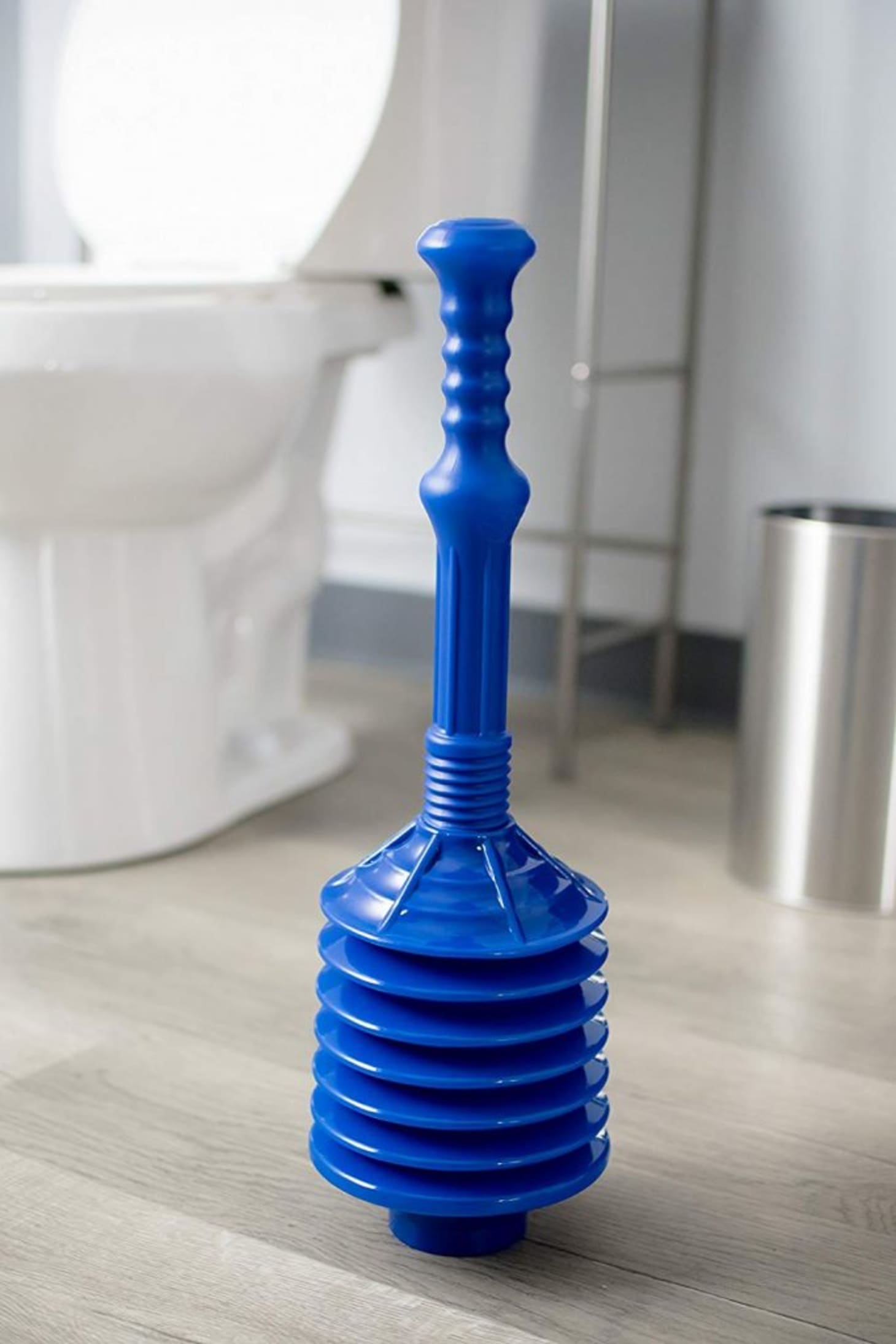
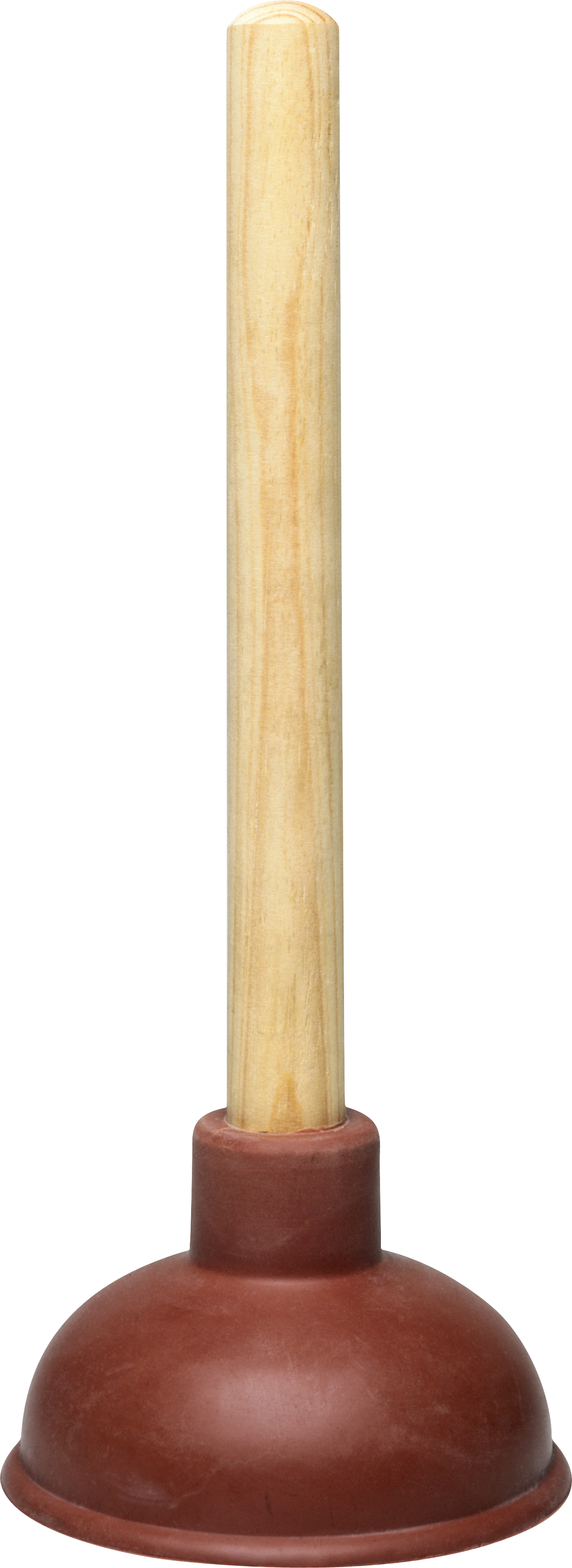

/GettyImages-173683465-58f822b83df78ca159d4543a.jpg)


:max_bytes(150000):strip_icc()/toilet-plunger-80708184-5797d8885f9b58461f591260.jpg)
:max_bytes(150000):strip_icc()/toilette-plunger--92314164-873564a34a3441058f00a8d6fc1f0441.jpg)

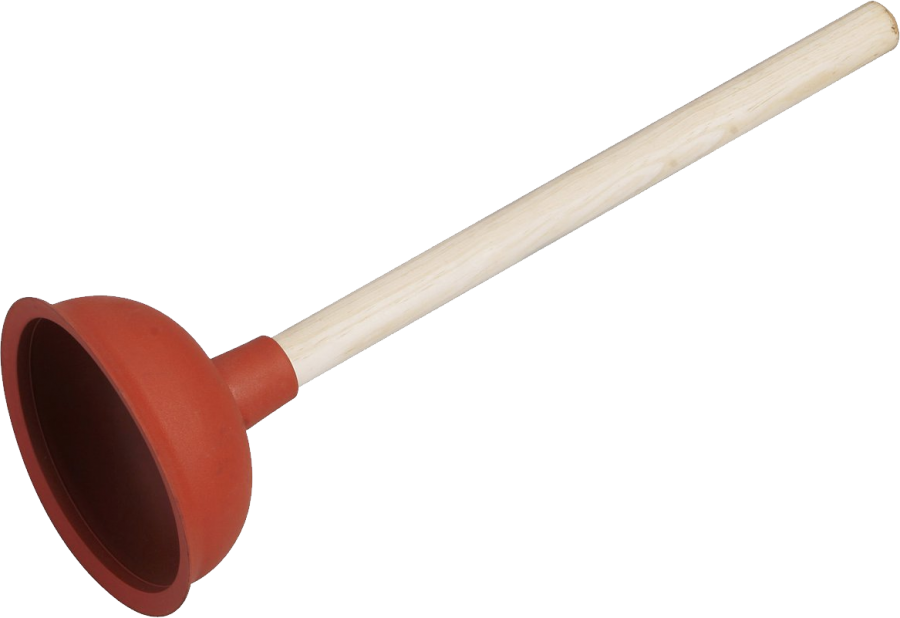

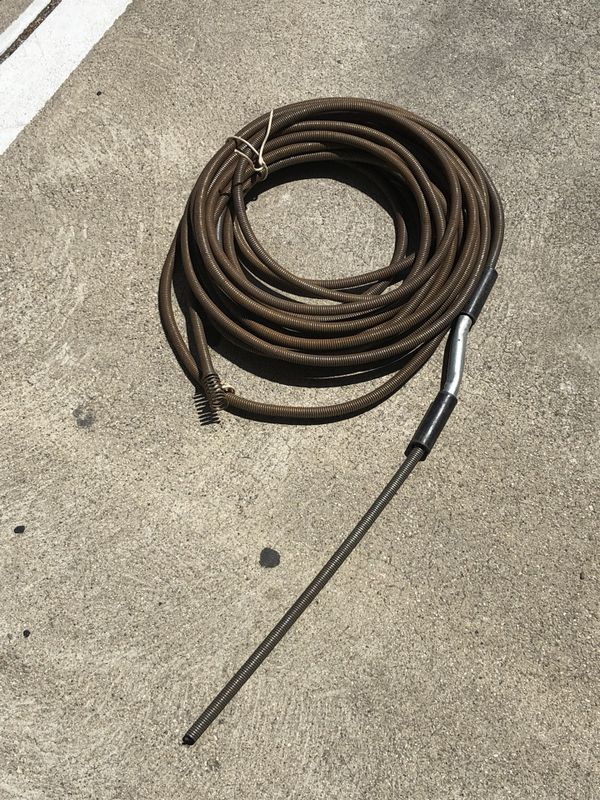
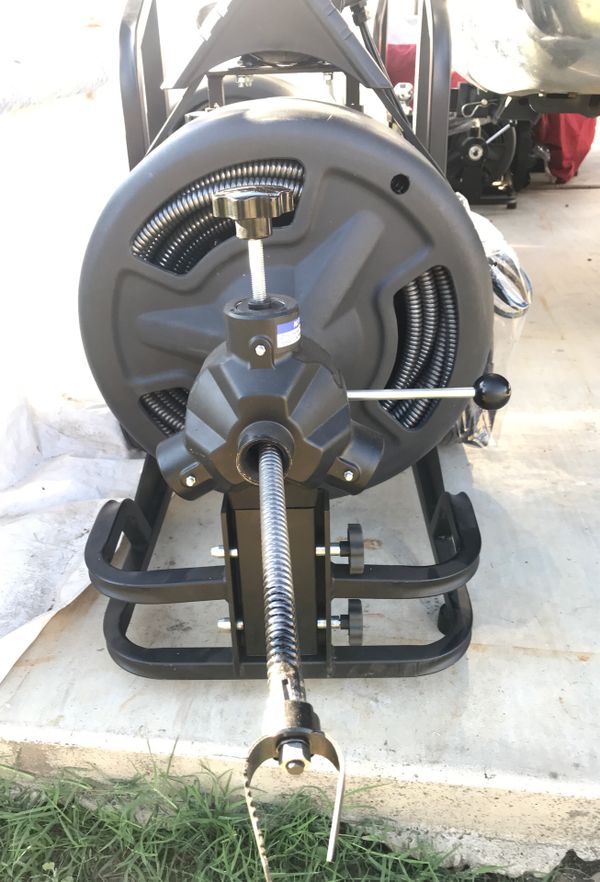

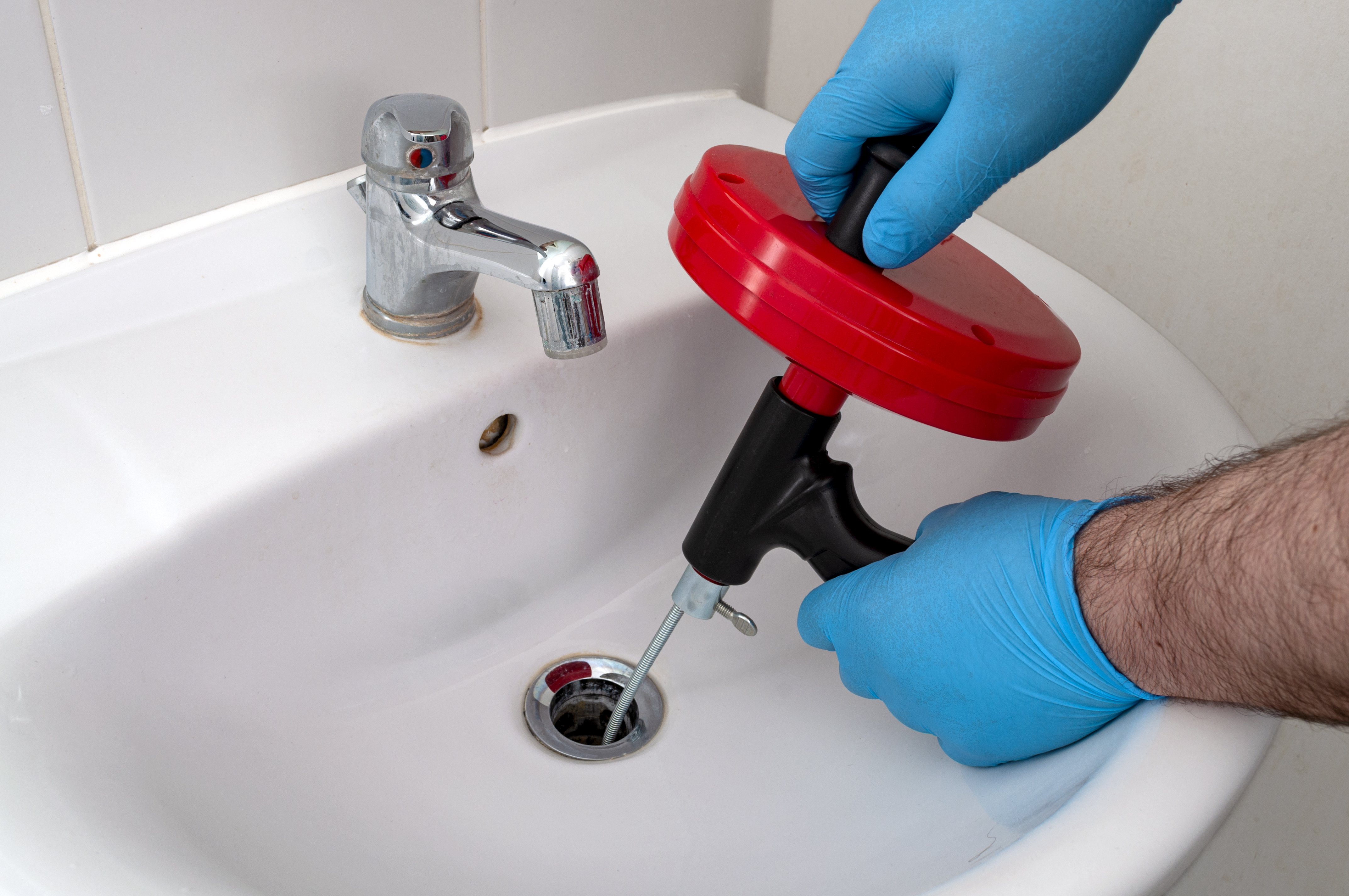
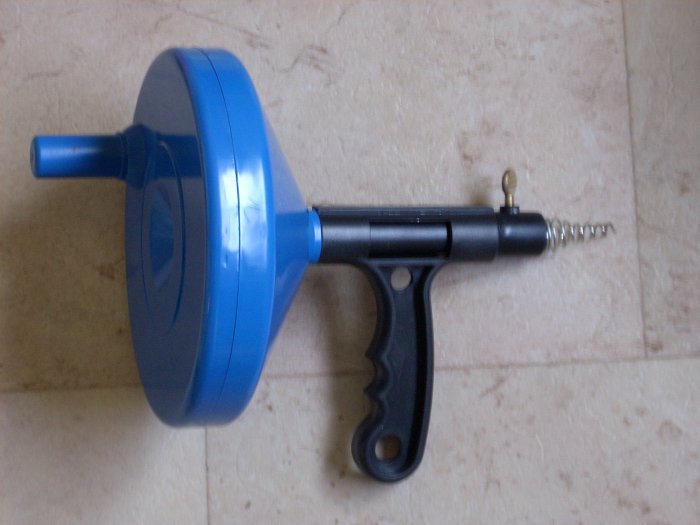
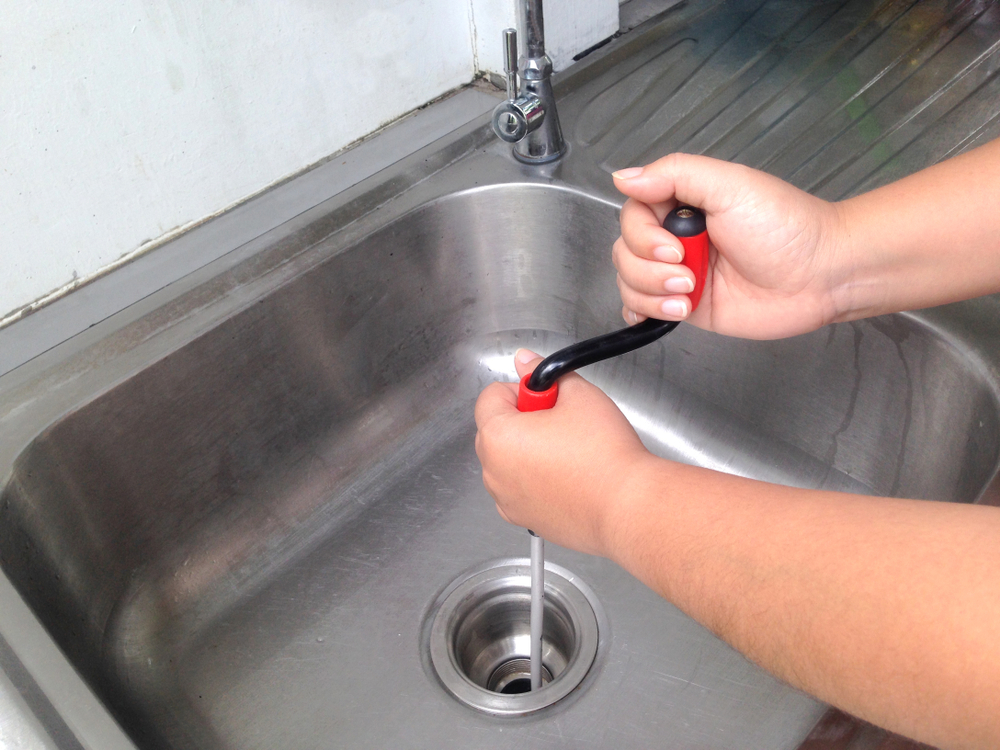

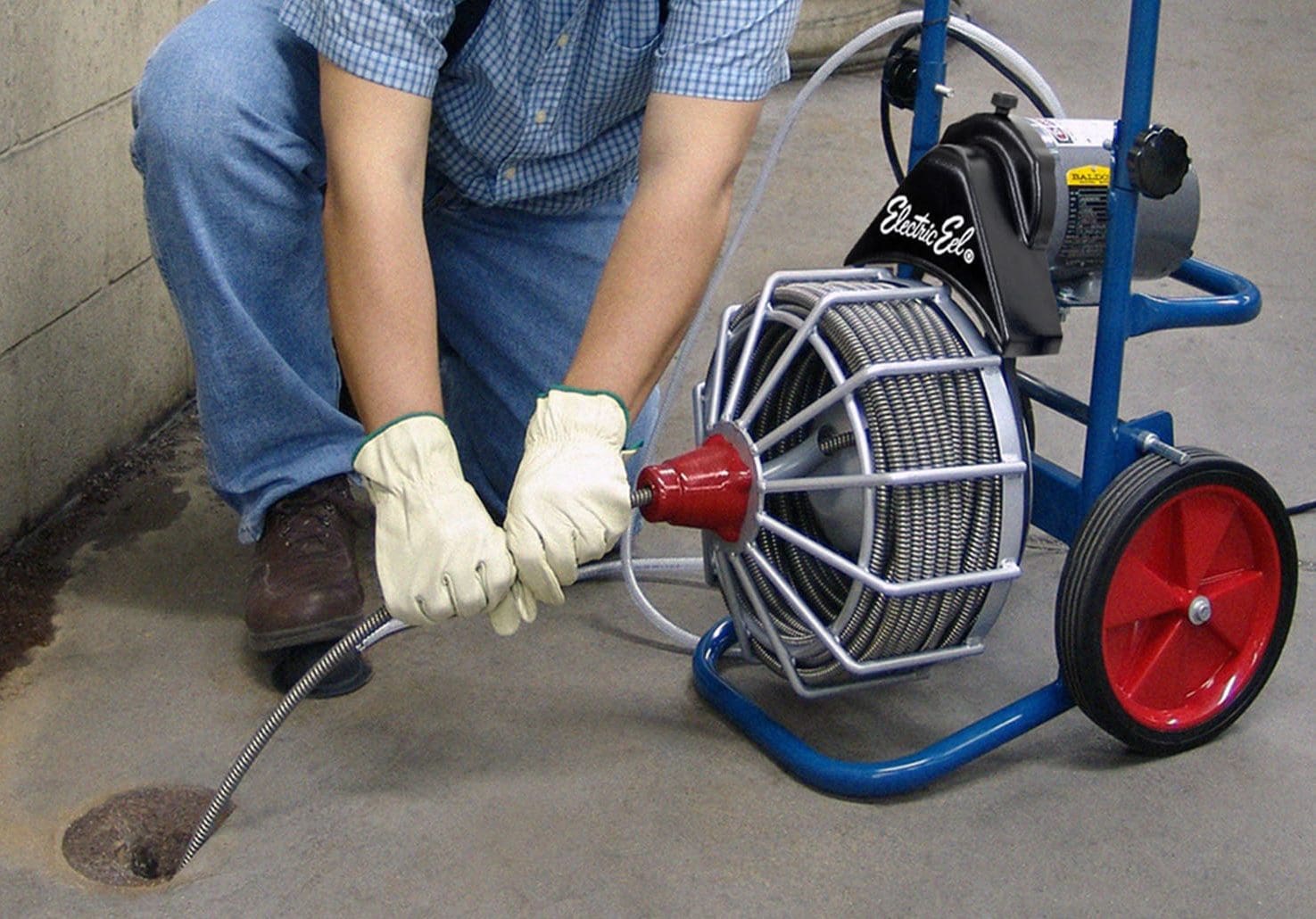






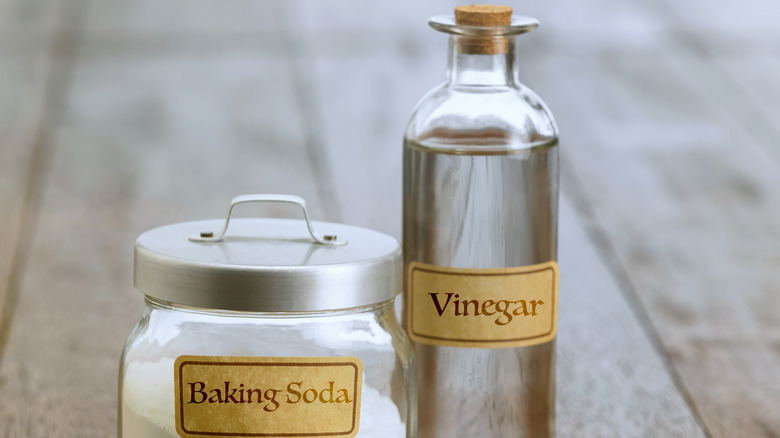



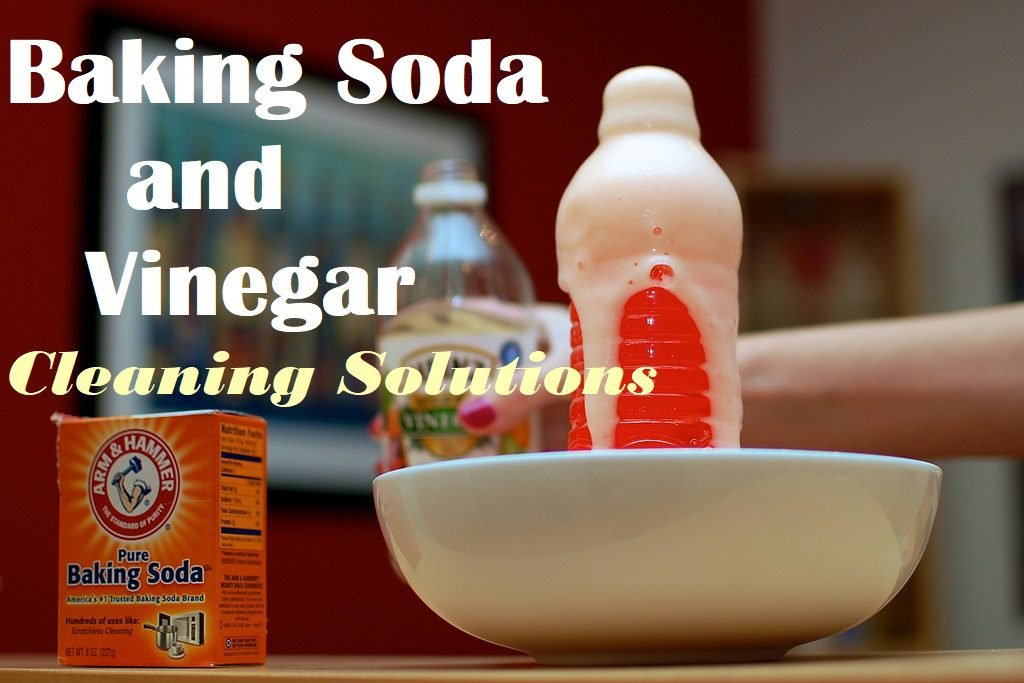
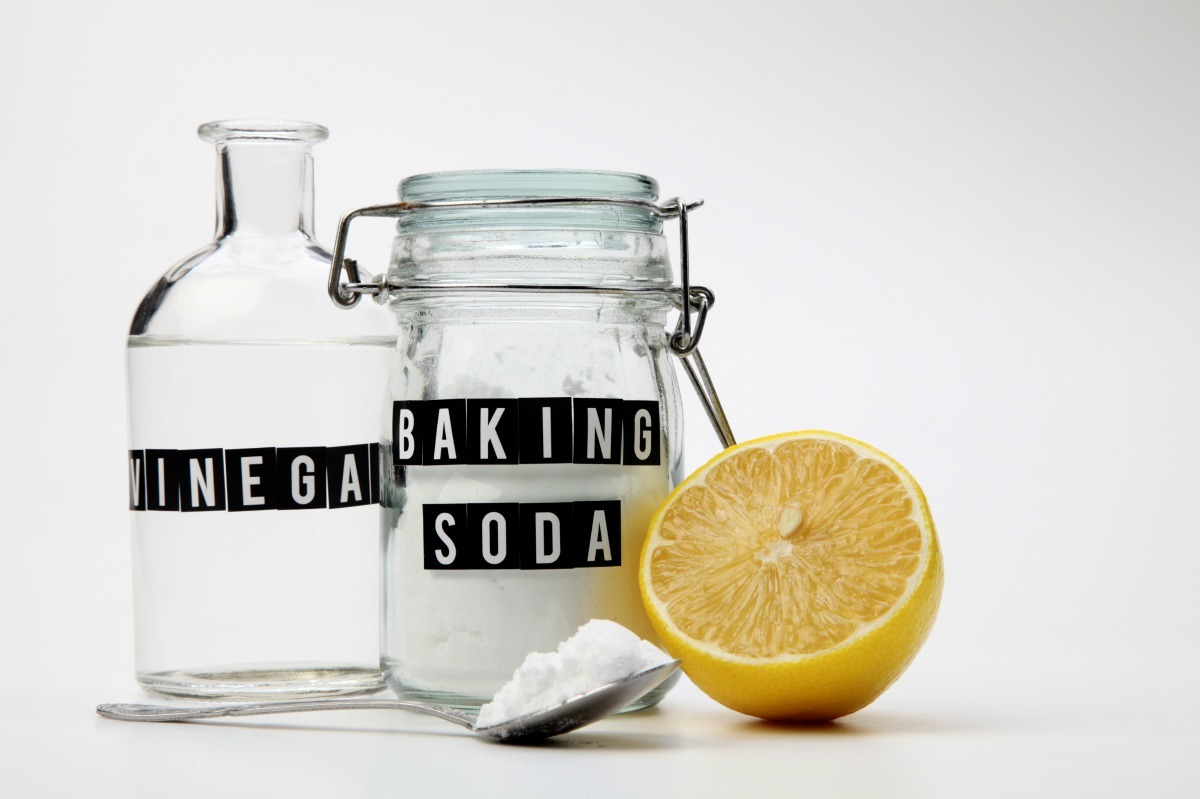


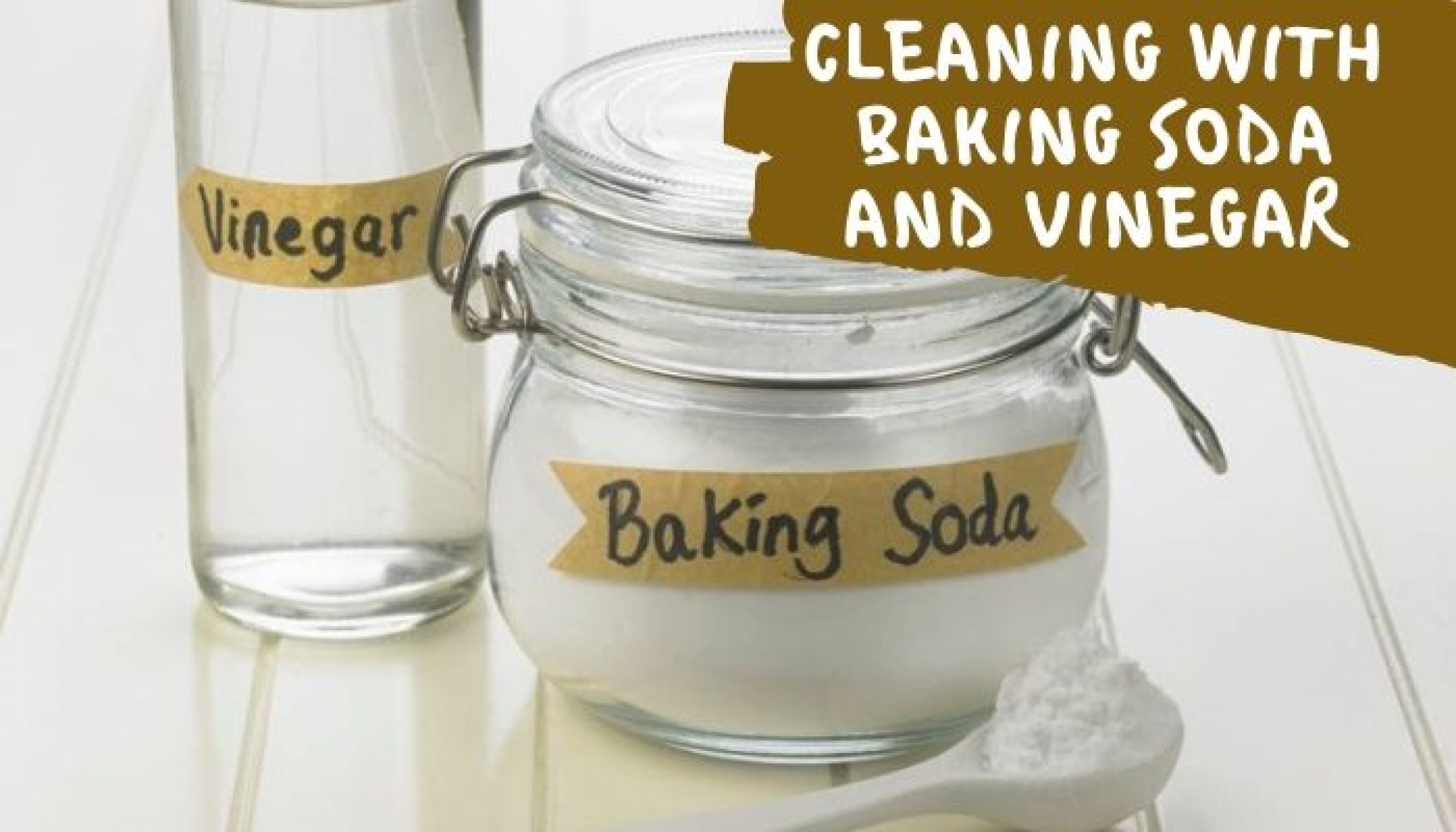



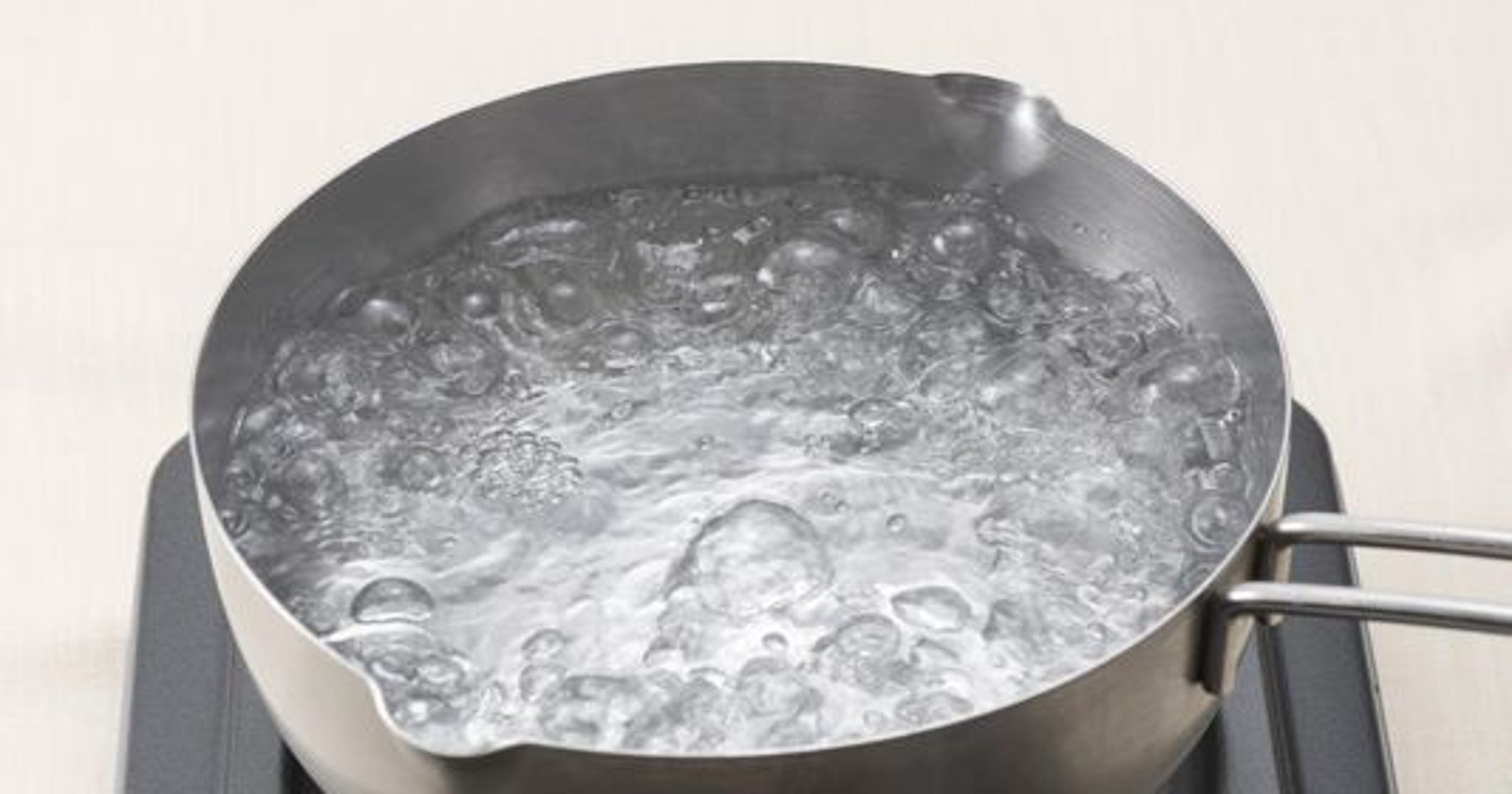
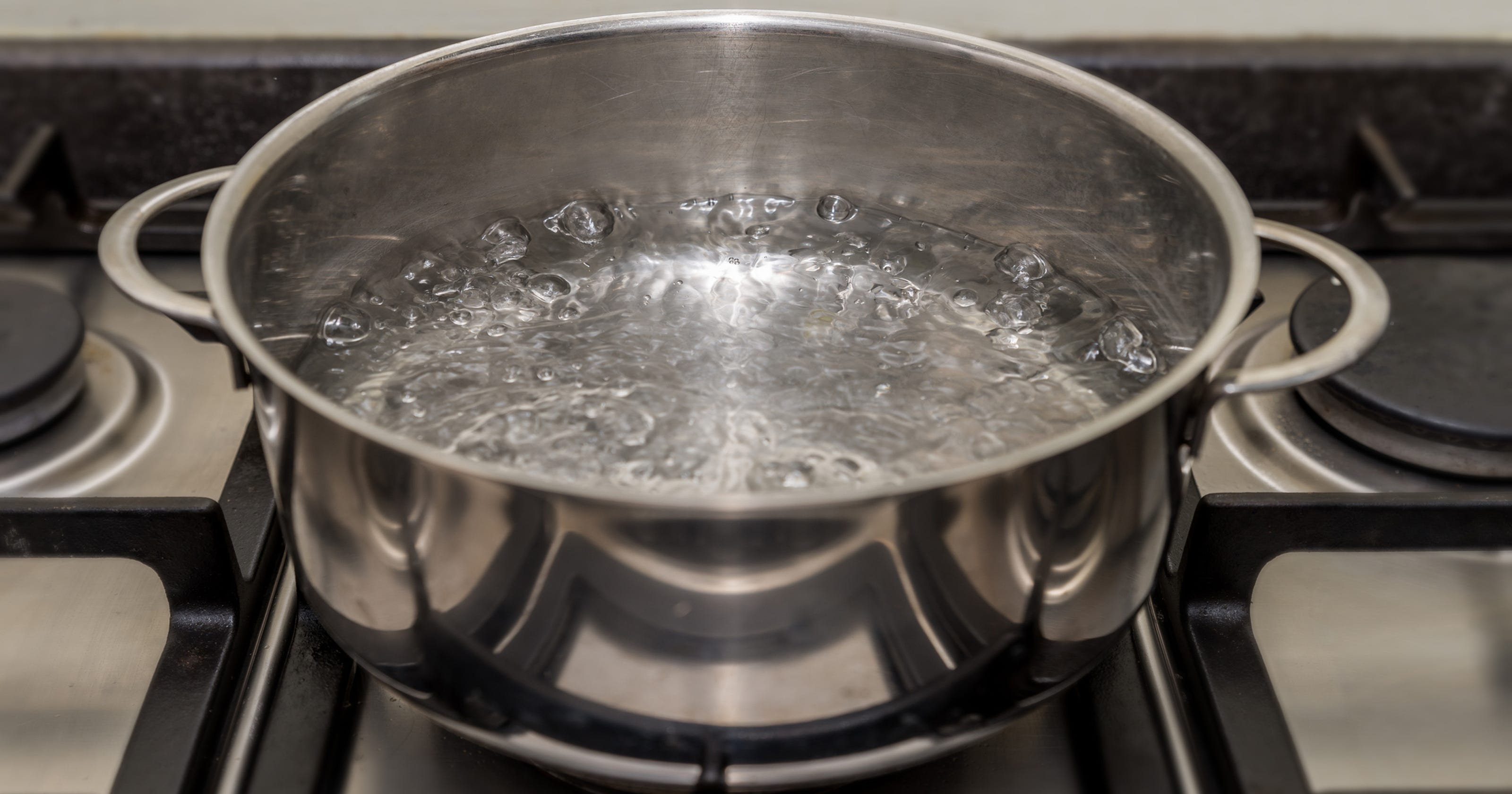
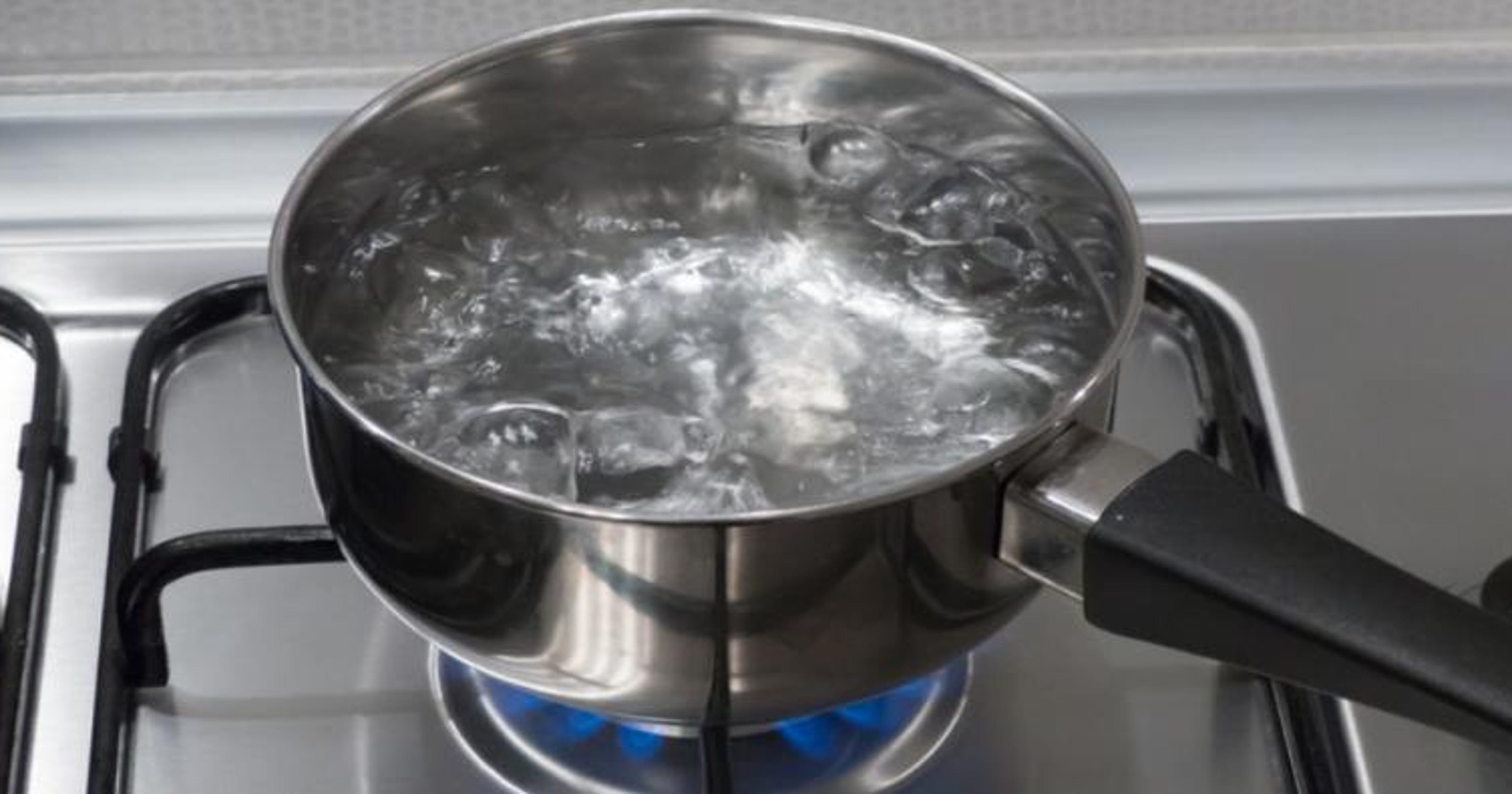
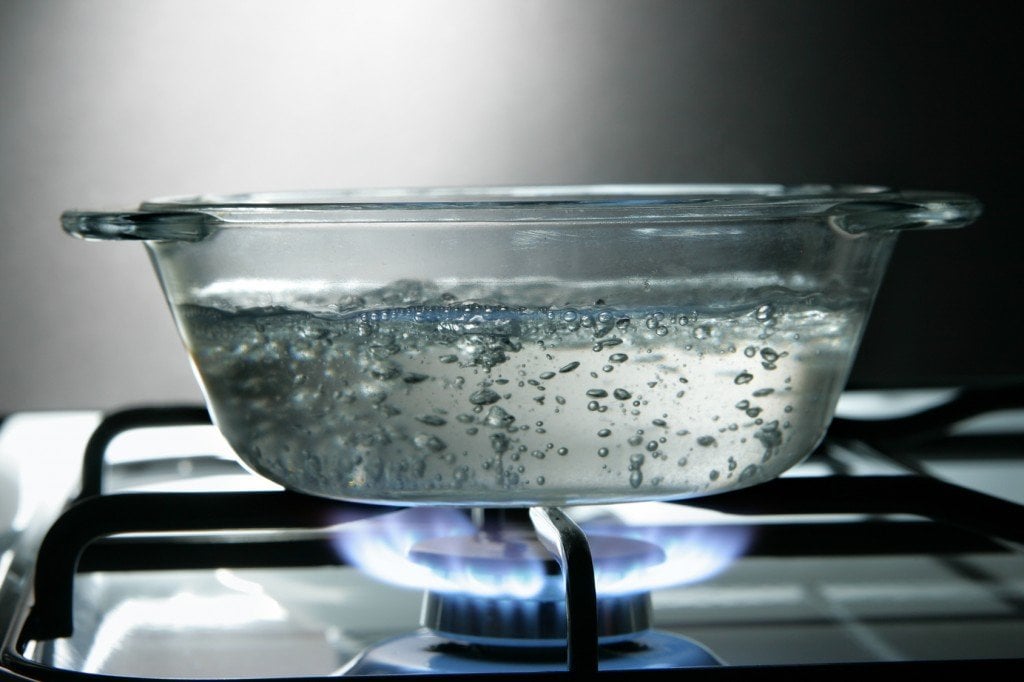
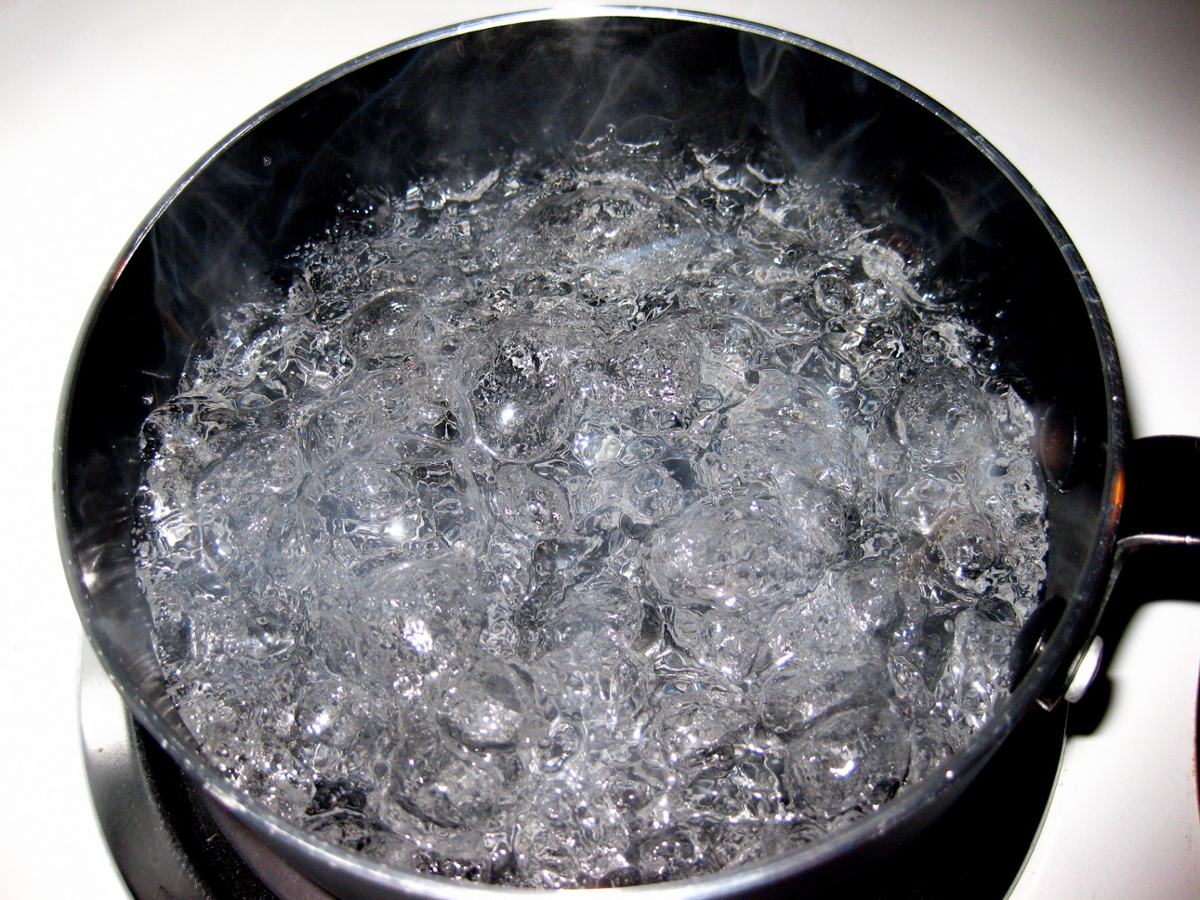
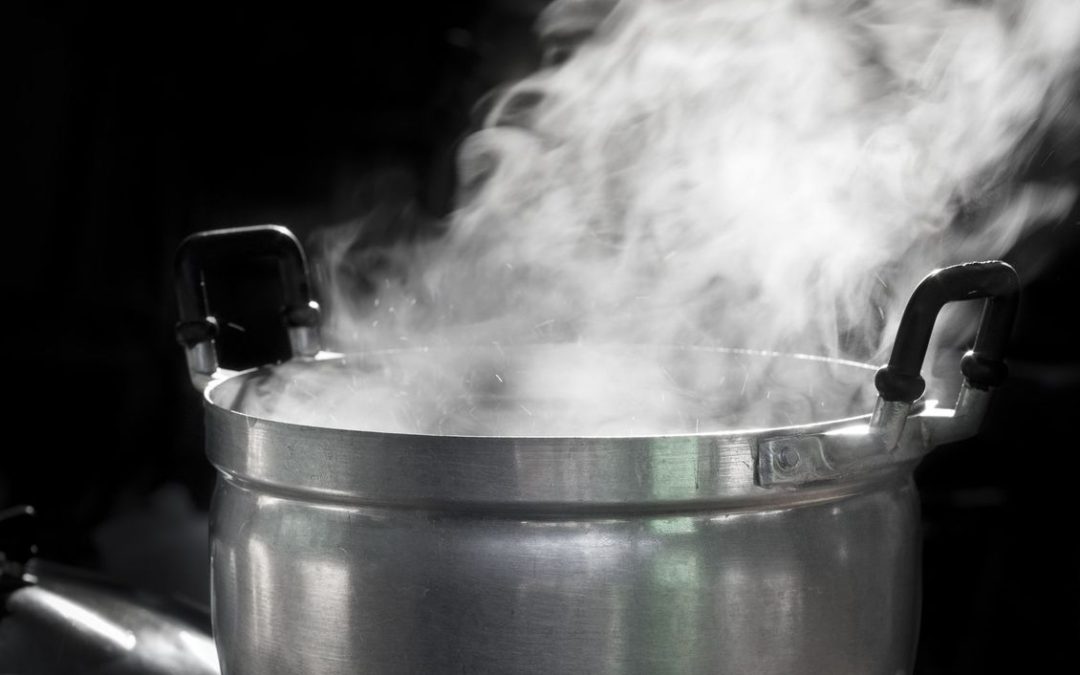

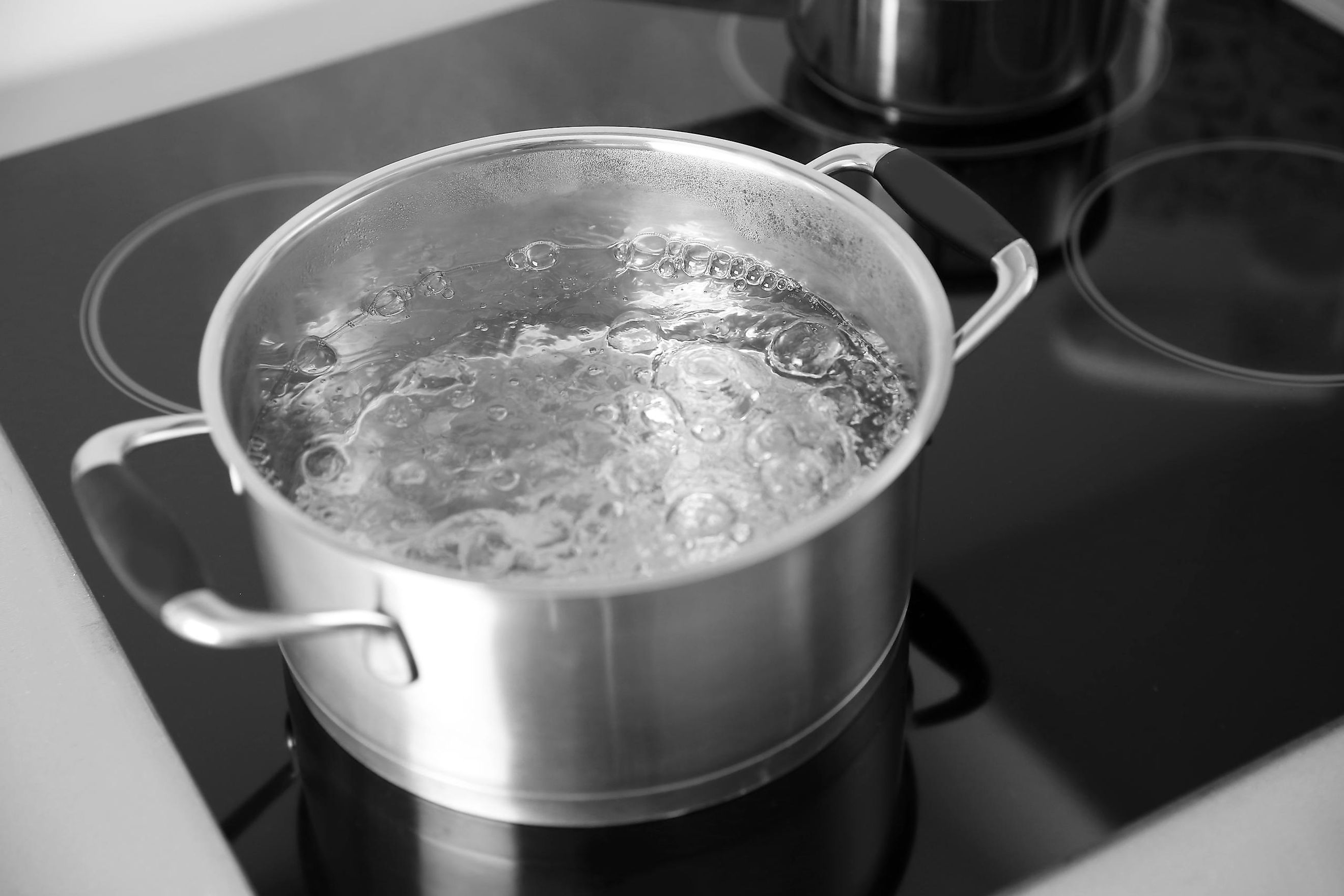
/glass-saucepan-on-a-gas-burner-with-boiling-water-dor961844-57fba8b03df78c690f79f7c6.jpg)
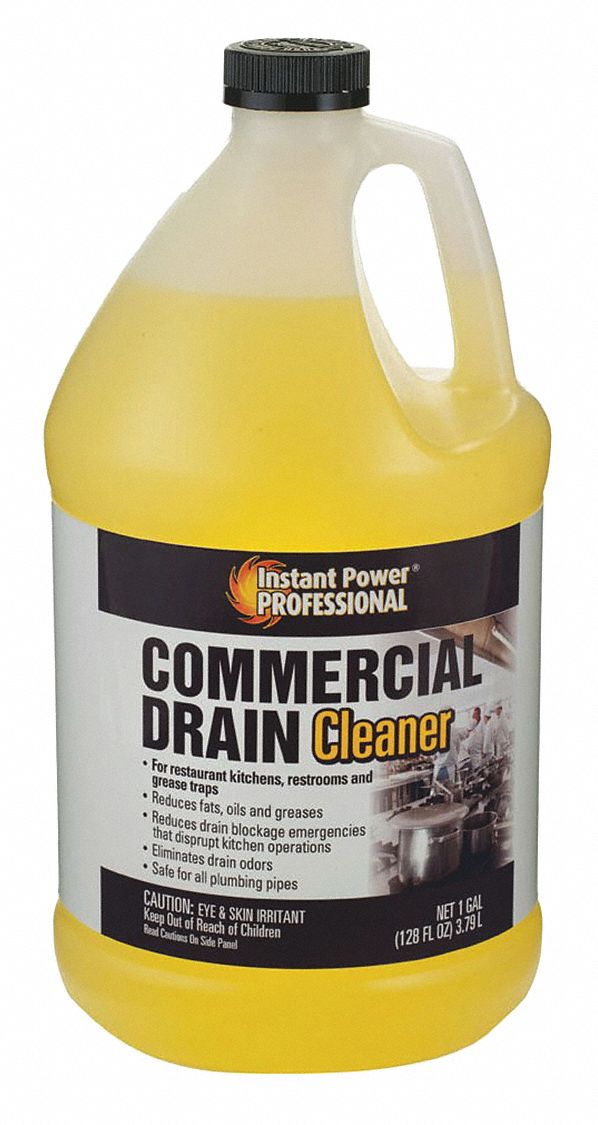

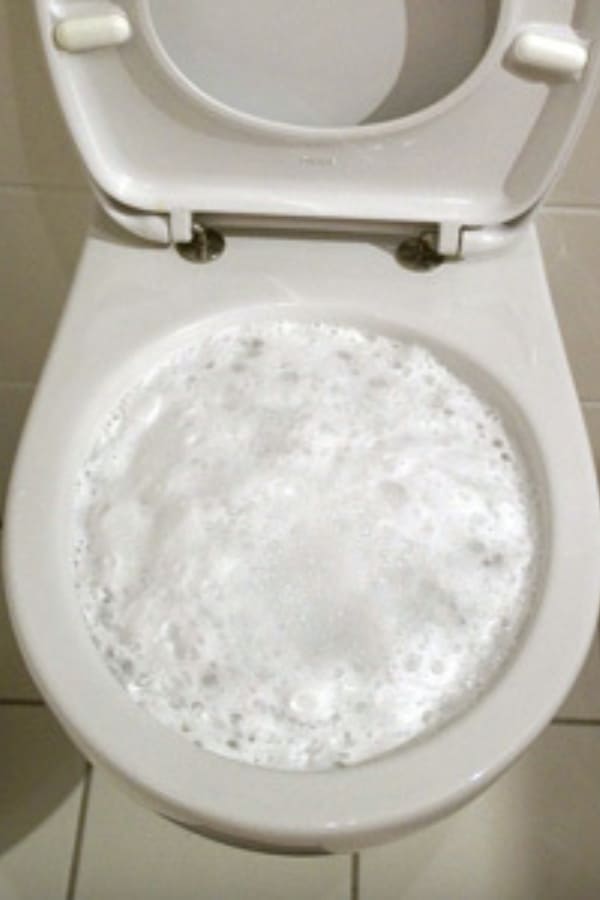




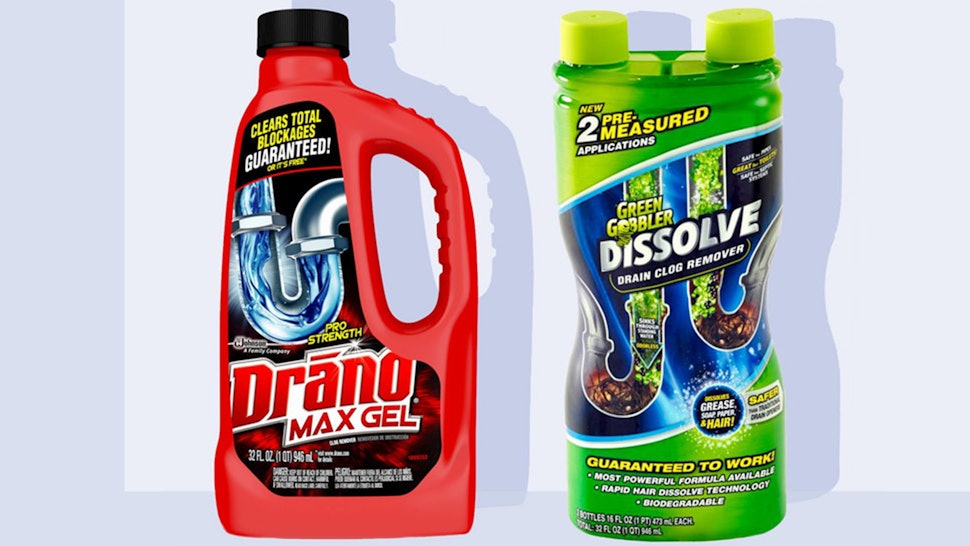
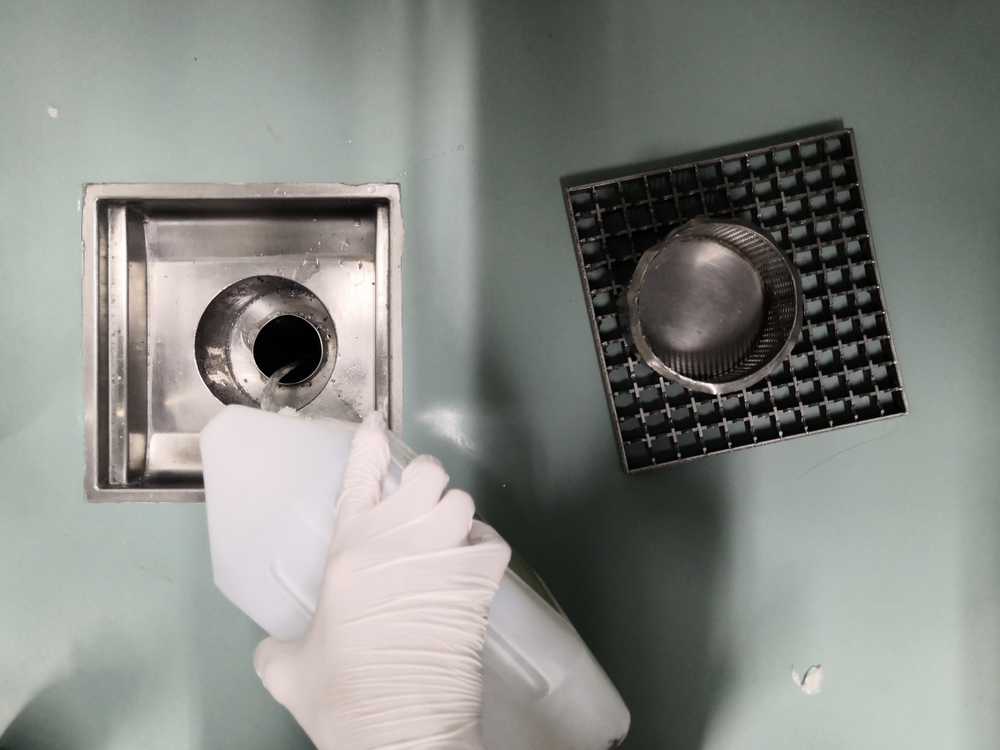

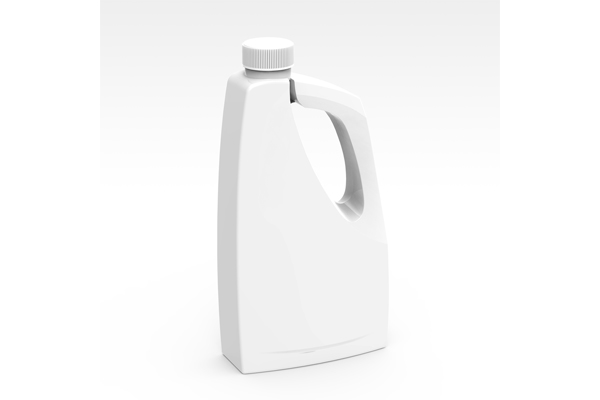
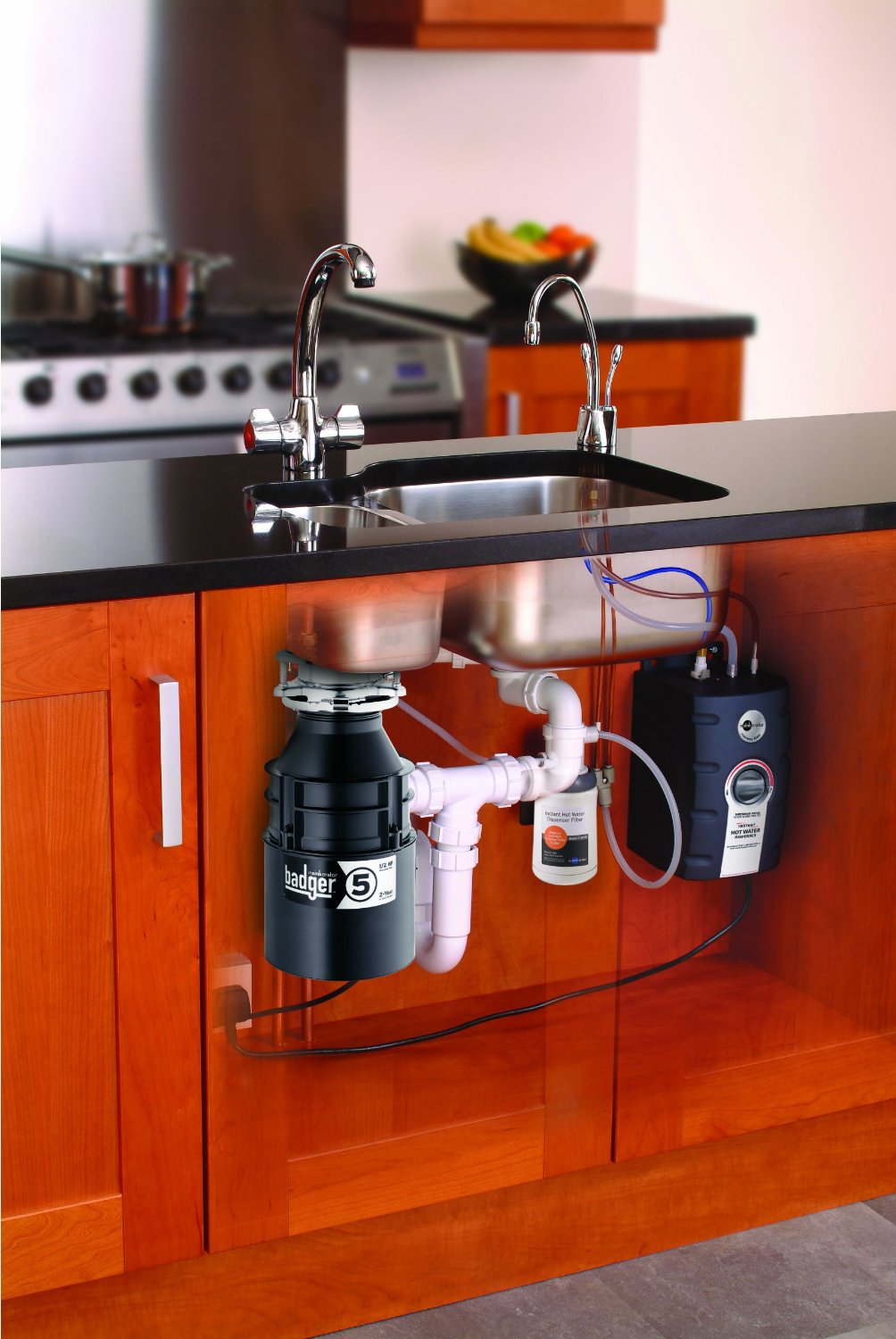




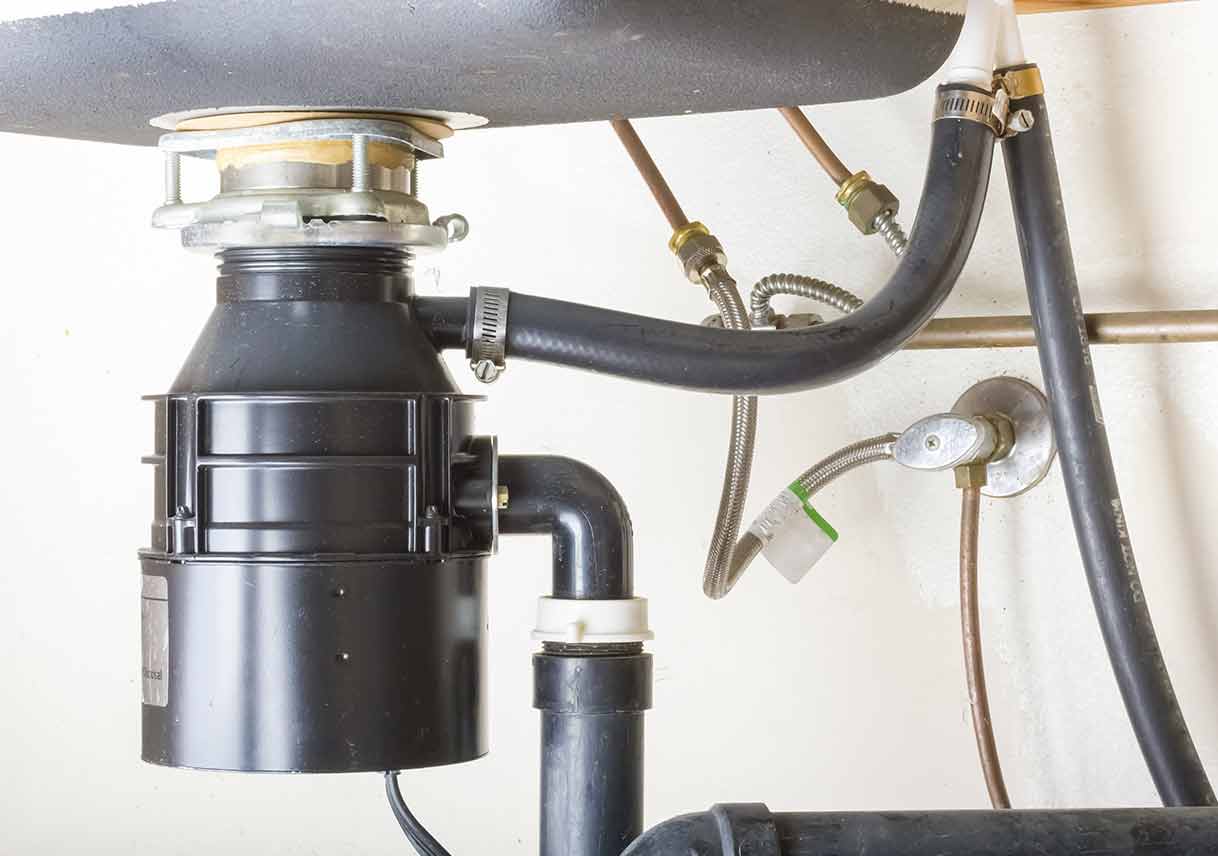
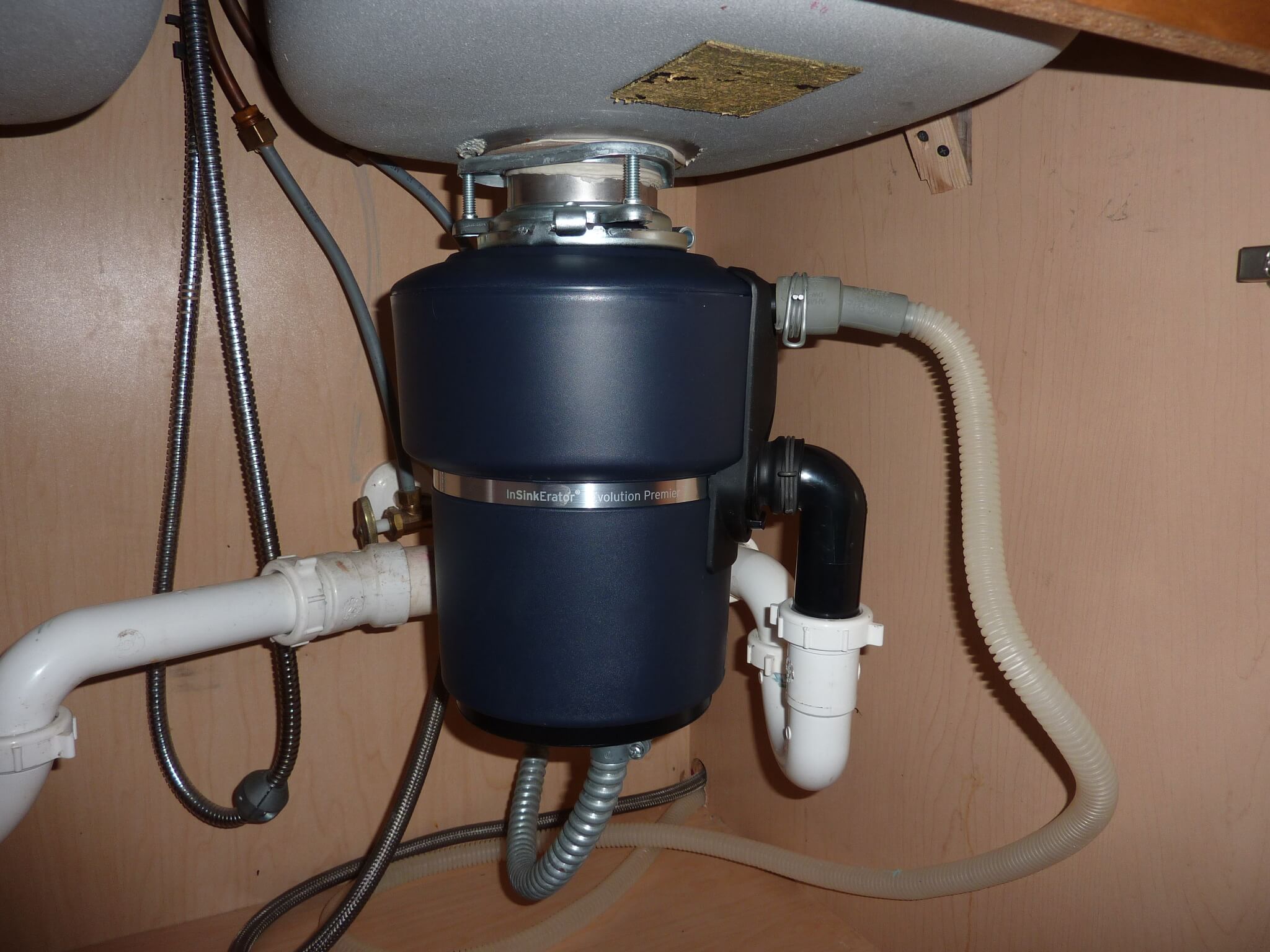
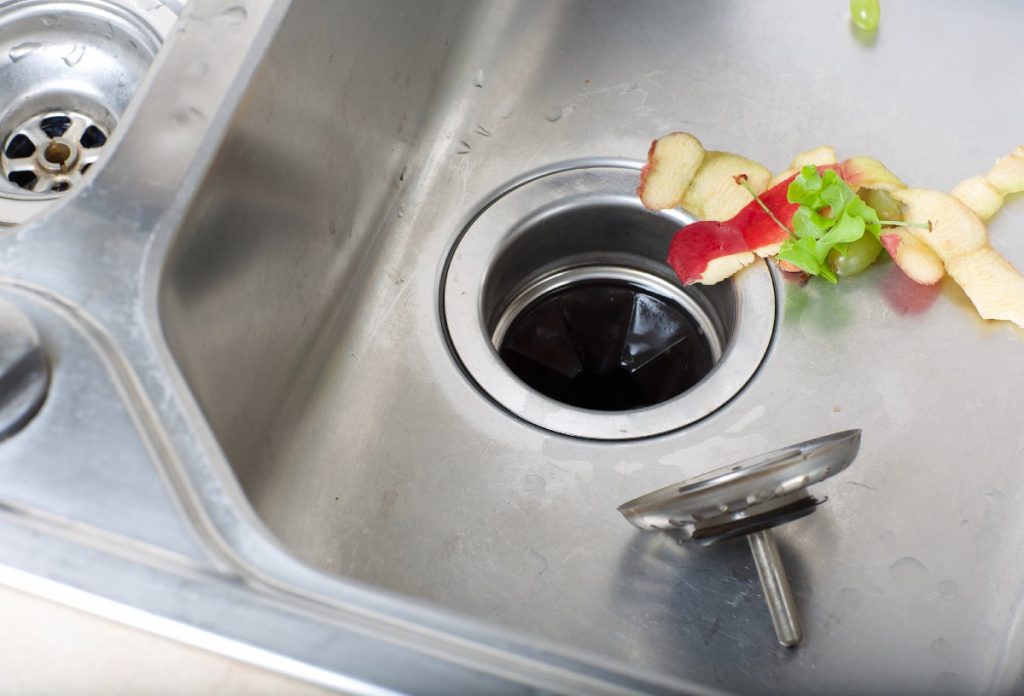
:max_bytes(150000):strip_icc()/garbage-disposal-installation-1824830-01-73cf0263b344447488ed8e15f7f2bc78.jpg)

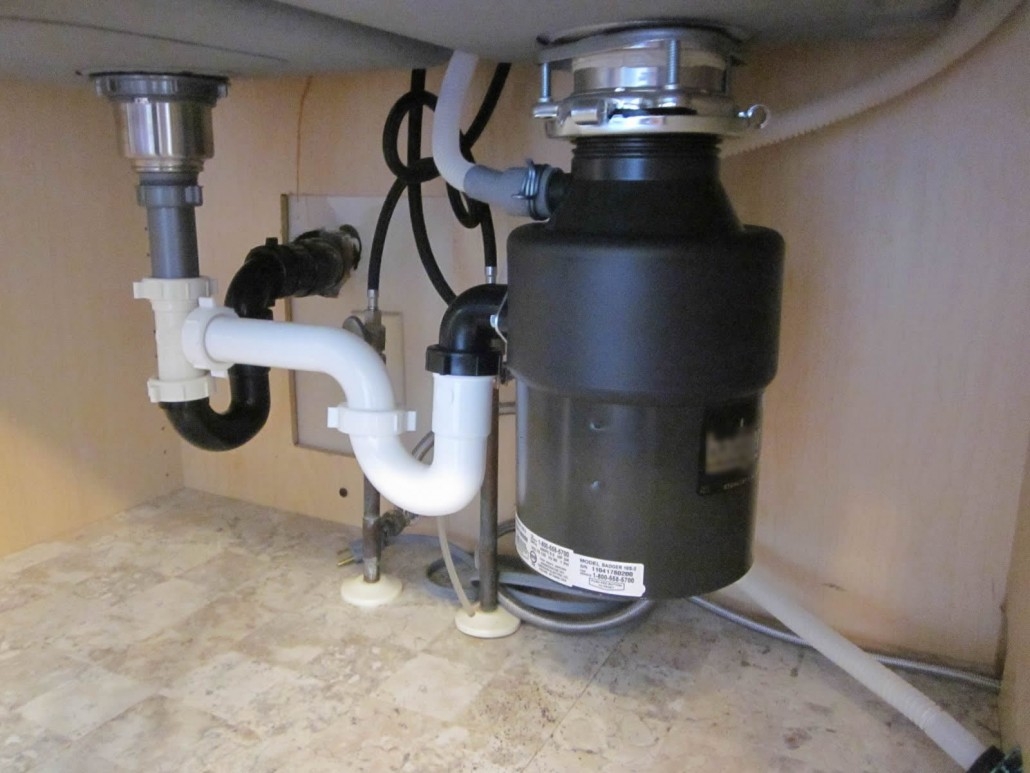
/kitchen-sink-171366298-57fe93b75f9b5805c26b283a.jpg)
